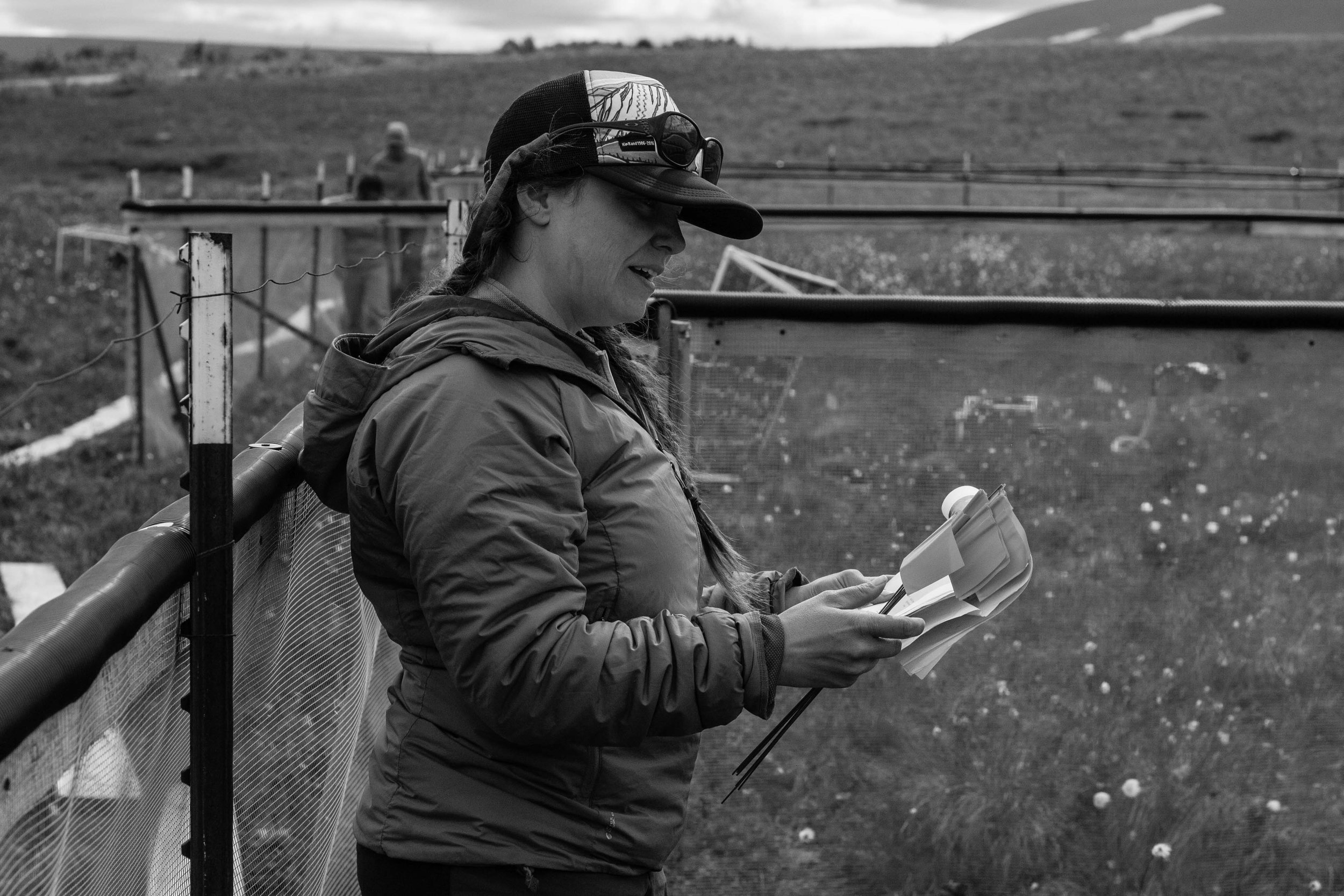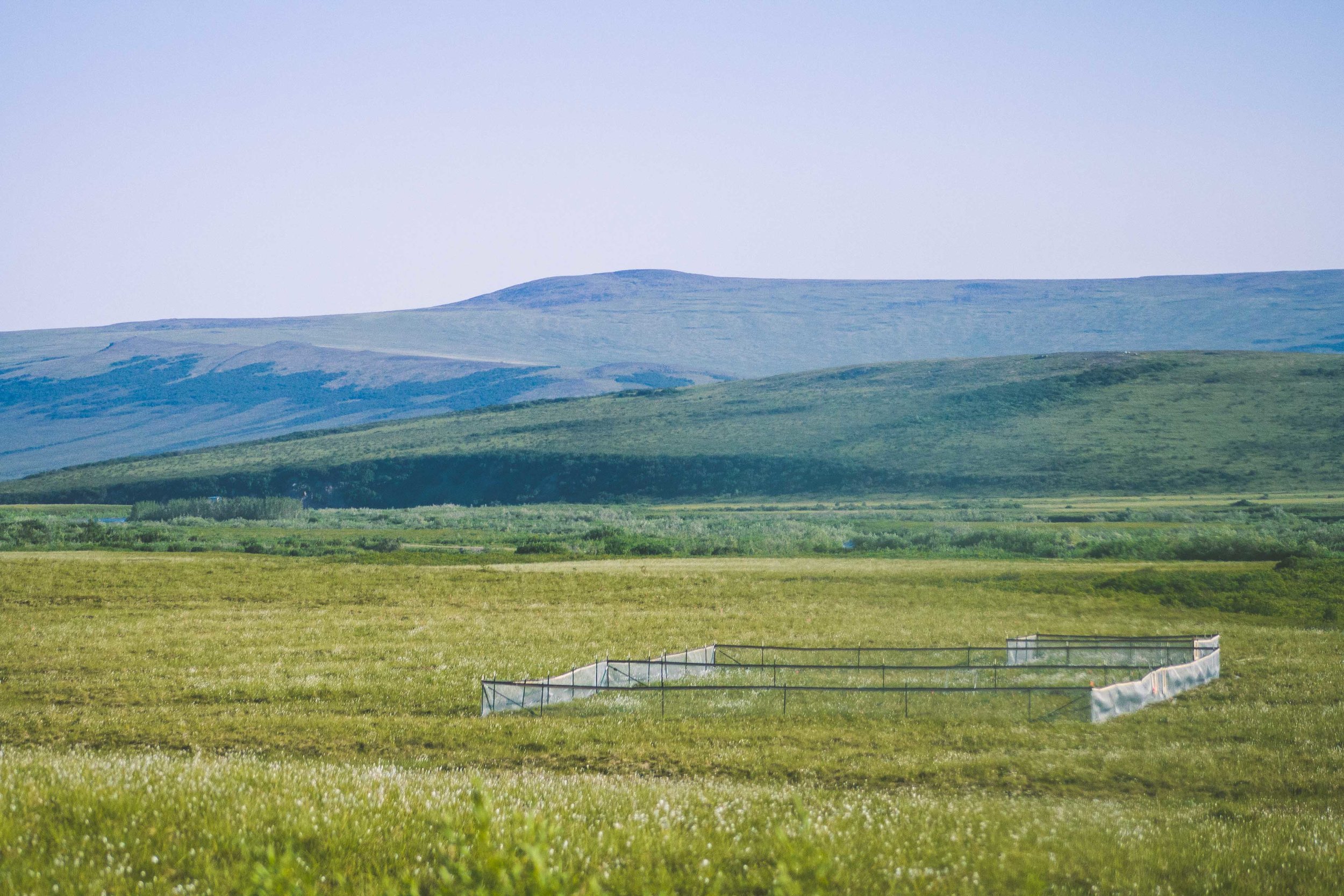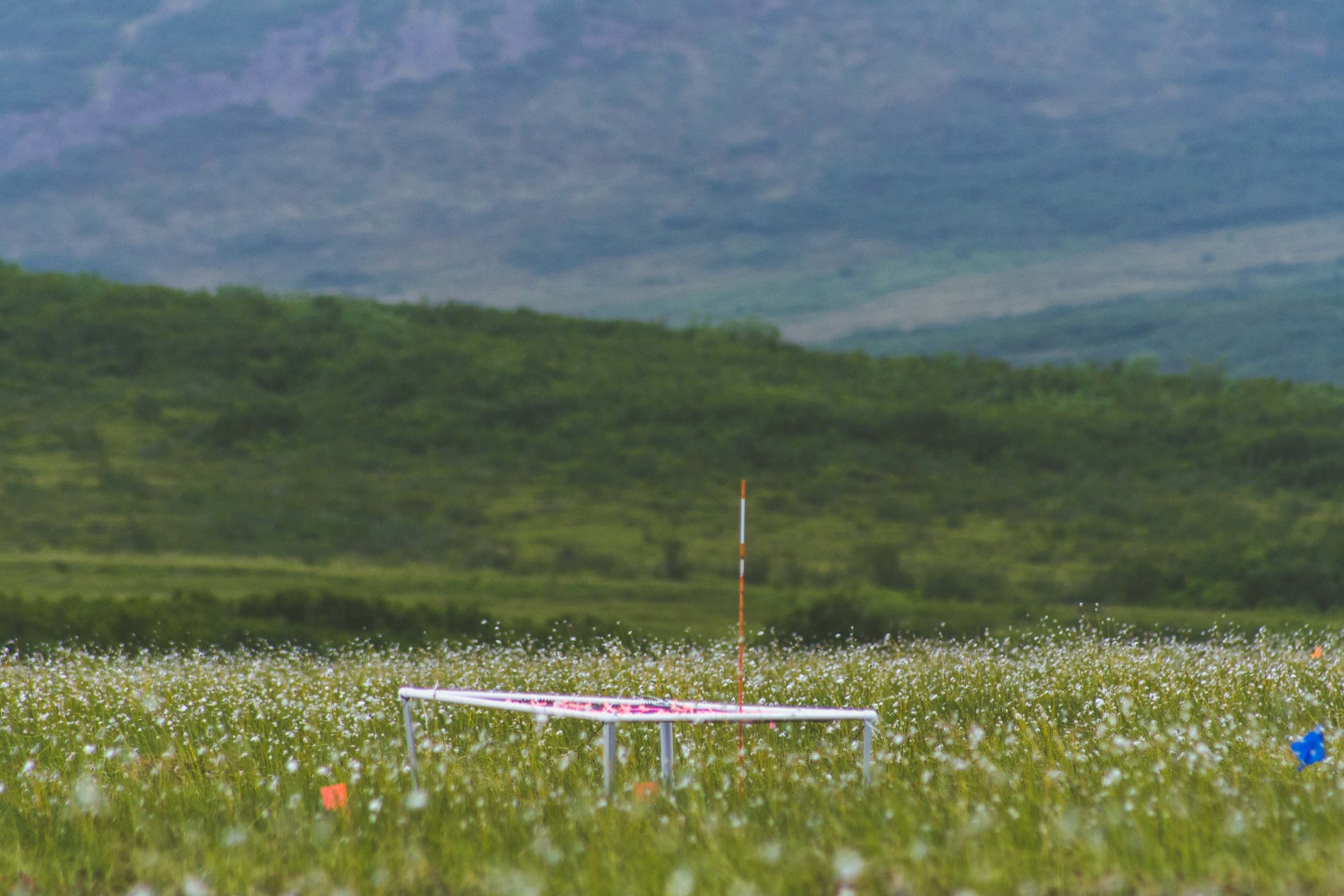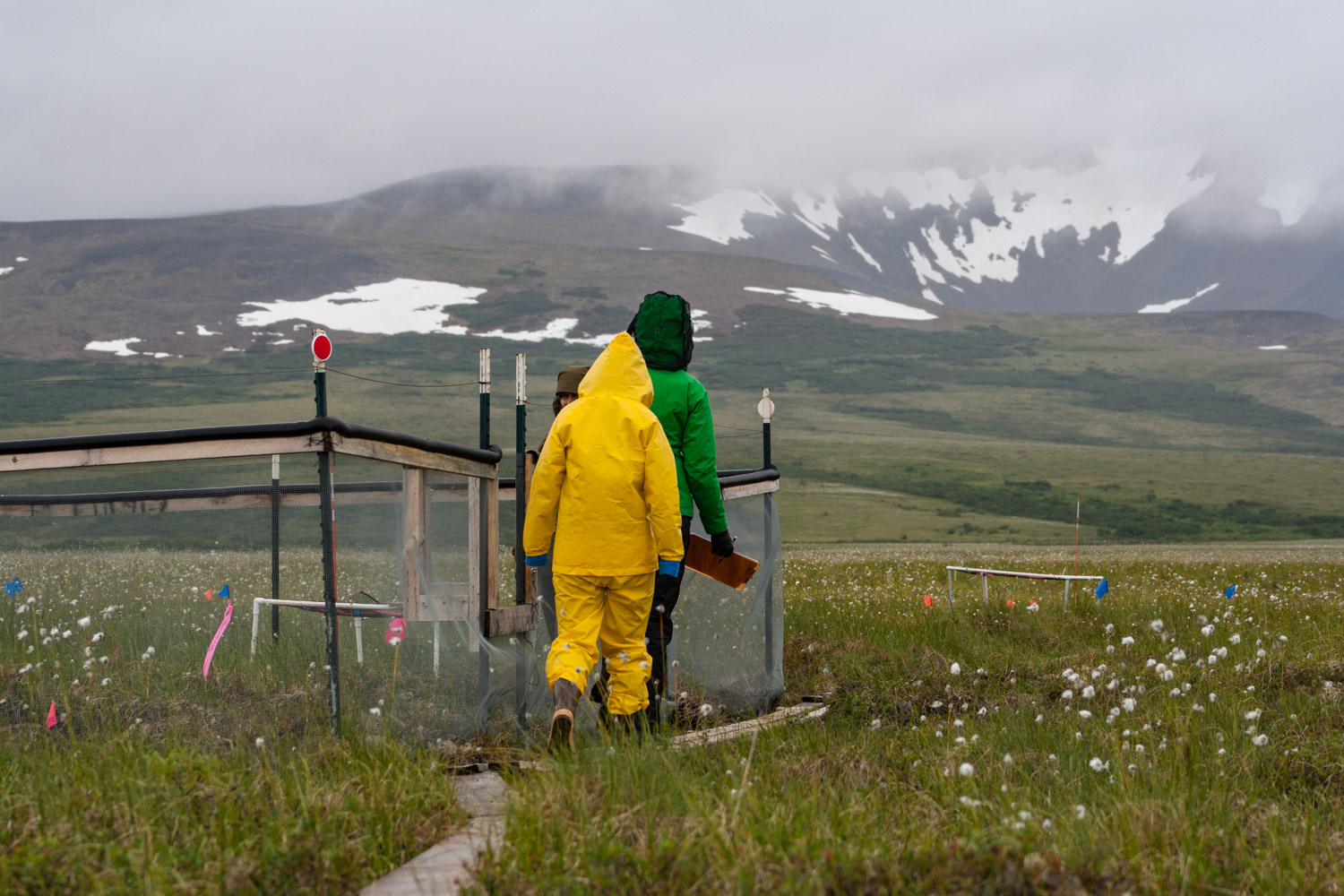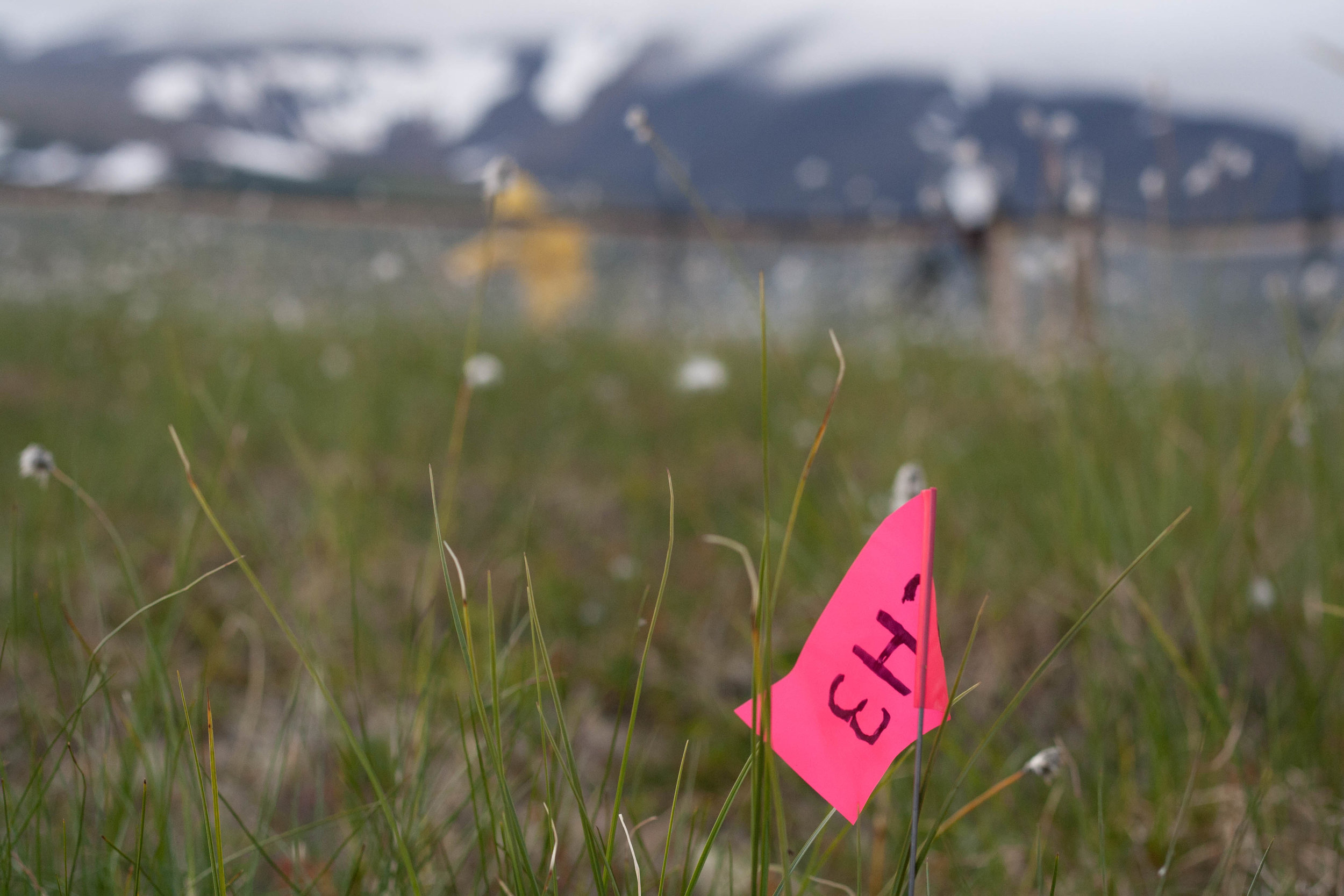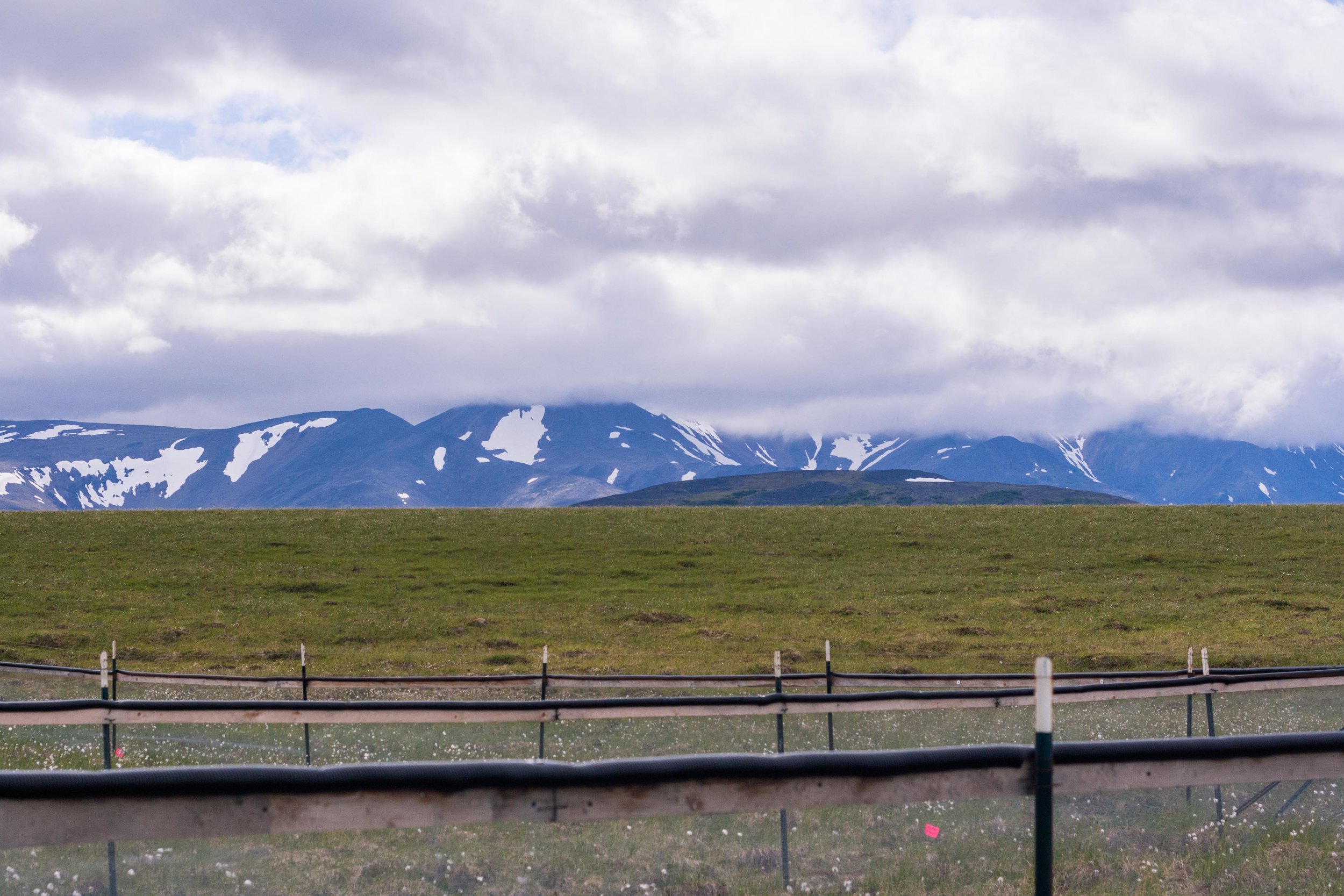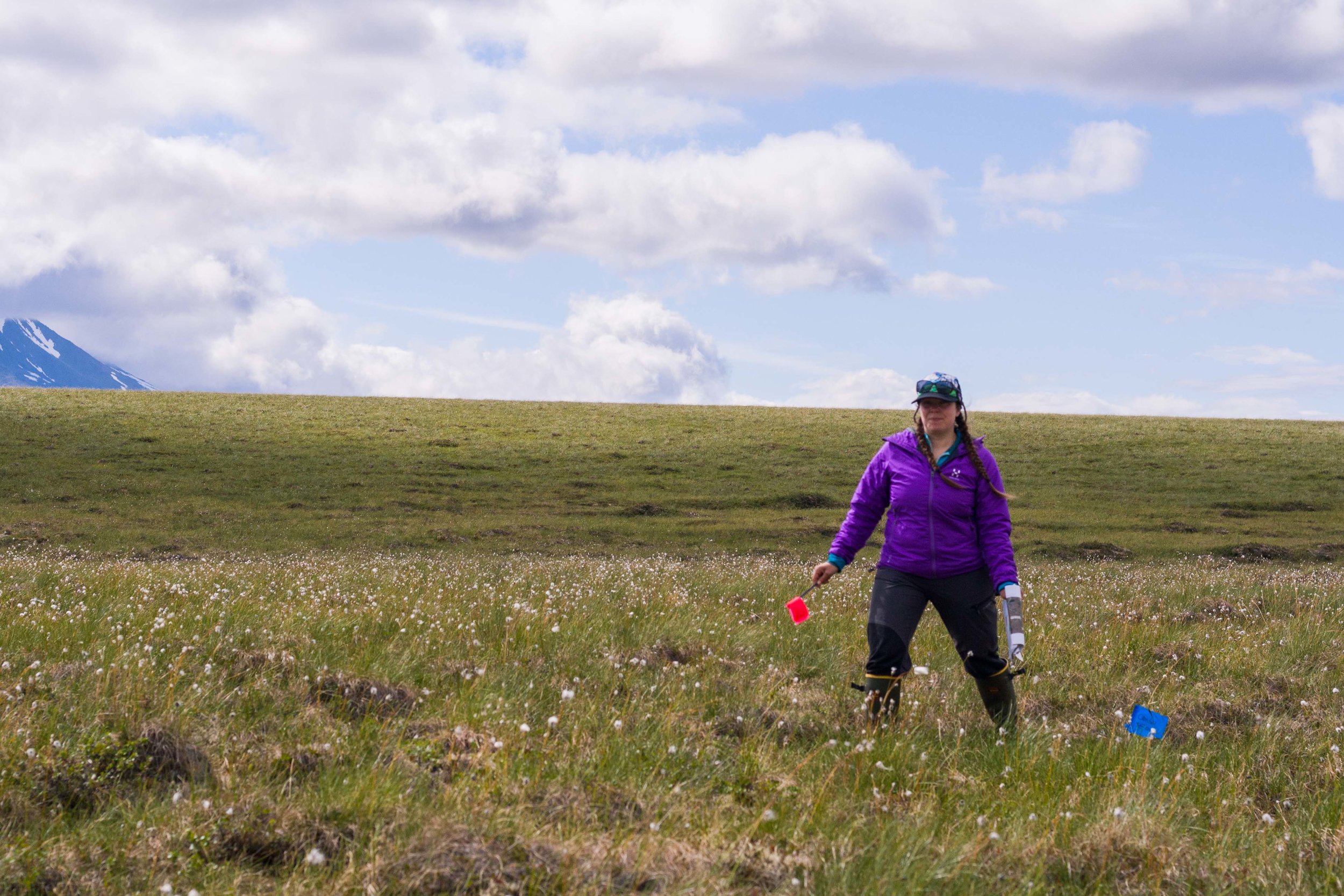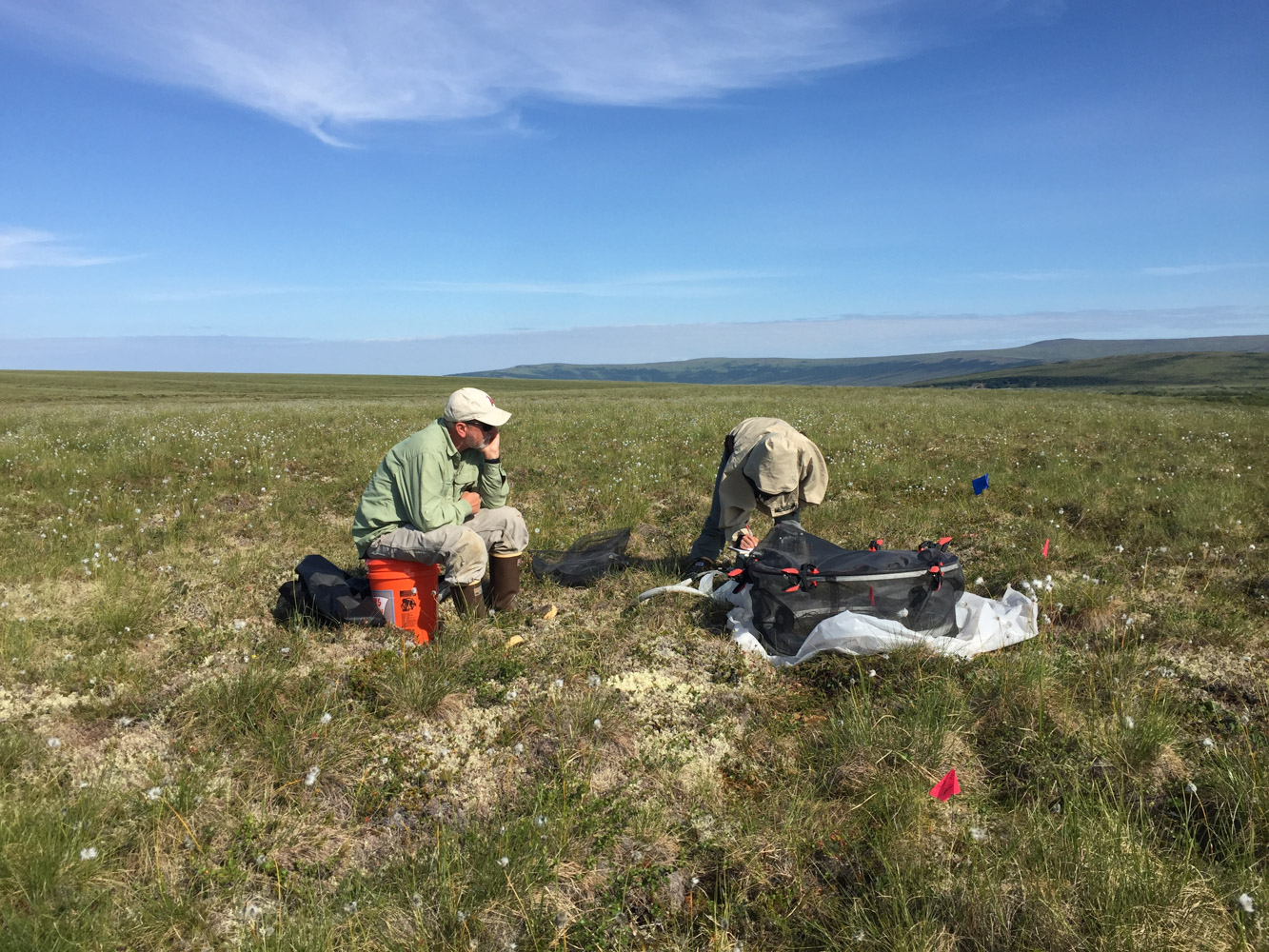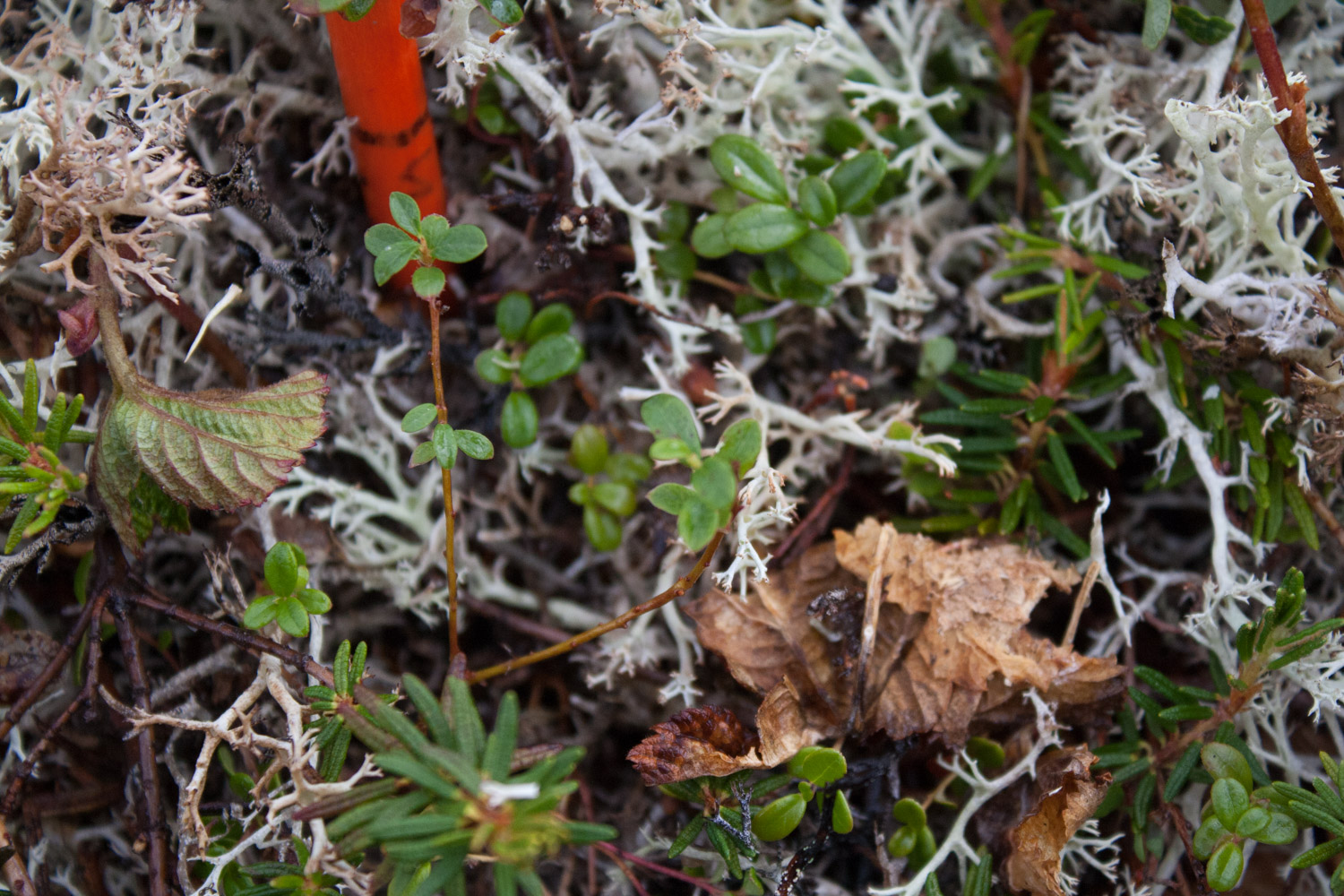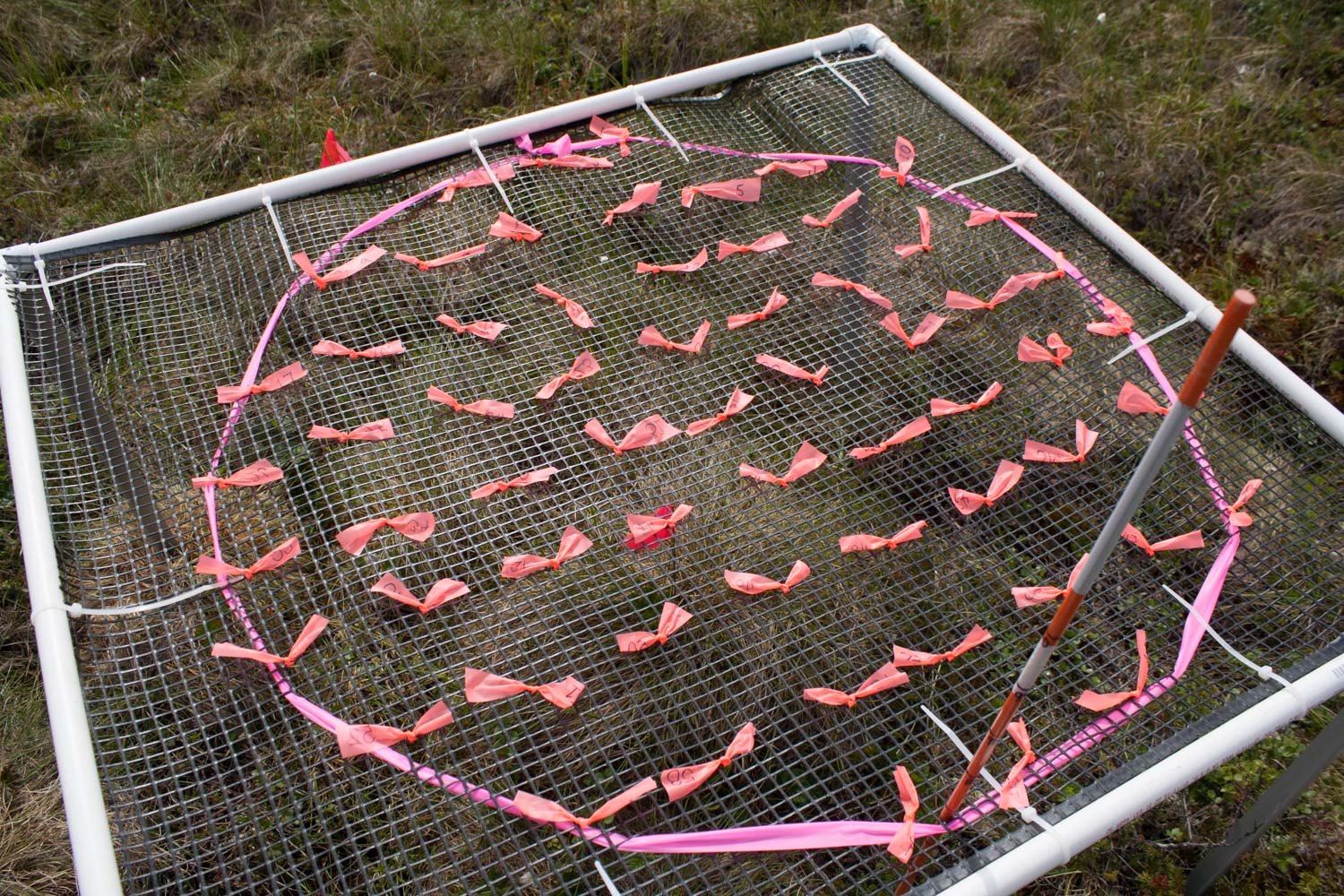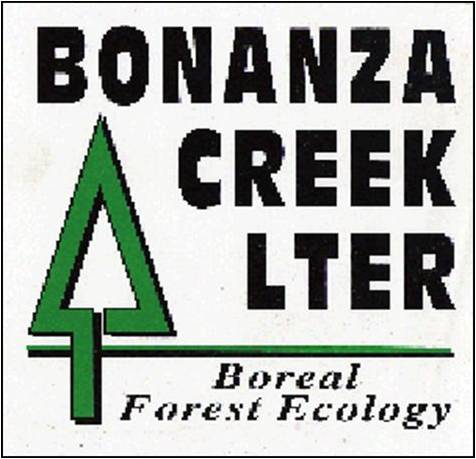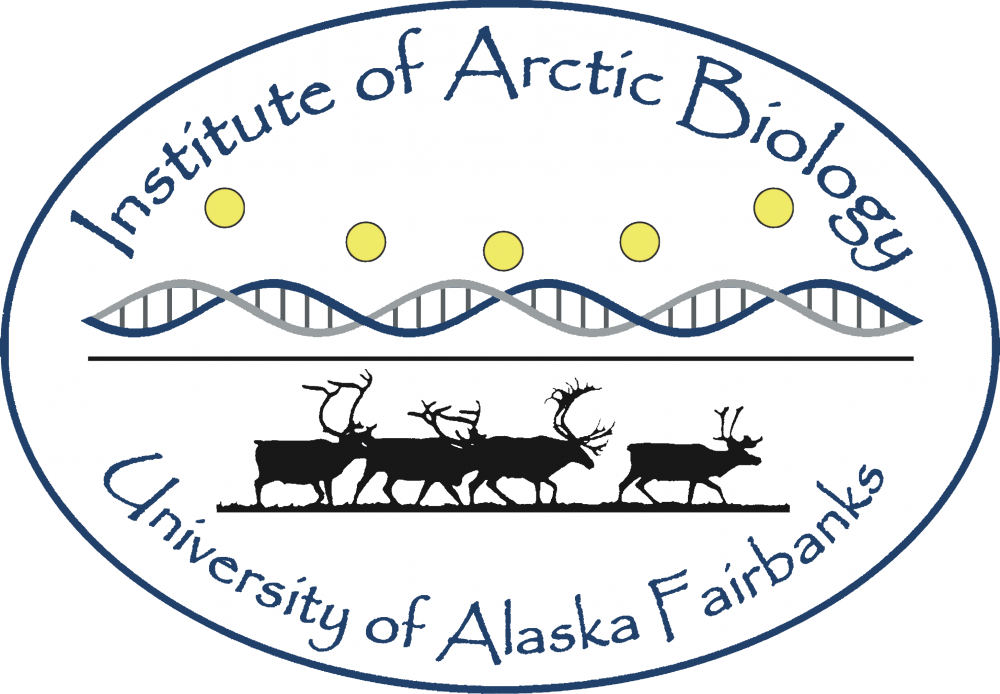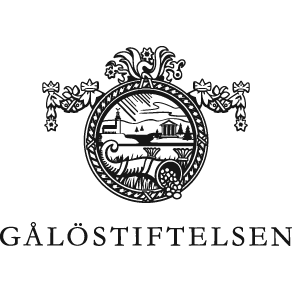Work
Staff Associate (Laboratory Manager) Trace Metal Geochemistry Laboratory - Lamont-Doherty Earth Observatory, Columbia University
I Currently work as a laboratory manager in Dr Peter DeMenocal’s trace metal geochemistry lab at LDEO. My main focus is analyzing foraminifera (foram) shells (calcium carbonate skeletons of unicellular organisms) for trace metal chemistry using an iCAPQ (ICP-MS) and of course troubleshooting the instrument itself. I also clean forams (using reductive and oxidative methods), write protocols and SOPs, and I am also in charge of the budgeting for the lab. We use foram shells, found throughout oceanic sediment cores to infer temperature information from the time when they still grew. We are analyzing very low concentrations (ppb) of a wide range of metals. By measuring the ratios of trace metals to calcium in the shells of foraminifera that lived at certain depth in the water column, we can create temperature records spanning several thousands to millions of years.
Temporary Research Technician - Lamont-Doherty Earth Institute, Columbia University
I analyzed air quality data from around the globe for the NASA/Harvard University Atmospheric Tomography Mission (ATom). Specifically I used the global air quality data from aircraft measurements and analyzed patterns of carbon monoxide and methane originating from biomass burning. Using RStudio I tracked air quality patterns in space and time.
Temporary field technician - Lamont-Doherty Earth Institute, Columbia University
In summer of 2018 I flew to Nome, AK to assist with fieldwork for a research project on vole effects on carbon cycling. The area around Nome is characterized by tundra vegetation, which is basically the same as the boreal forest understory. I was able to apply my expertise of boreal flora to this project. We used several different methods (e.g. point frame vegetation measurements and plant cover estimates) to get a baseline on the effects of voles on vegetation.
Research Specialist (Laboratory Manager) Biogeography and biogeochemistry Laboratory - Geography Department, UW-Madison
During my time in Madison, WI, I worked in Dr. Erika Marín-Spiotta's biogeography and biogechemistry laboratory at the UW-Madison. Broadly, the research in this laboratory is focused on environmental effects on soil carbon storage and turnover in the Caribbean, but also vulnerability of carbon to climate change and disturbance in the U.S. Great Plains. Current research spans from the forest and pastures of Puerto Rico, to buried soils in the Great Plains. The research involves biogeochemistry, ecosystem ecology, soil science and biogeography. Field measurements are combined with laboratory measurements to identify sources and sinks of carbon and nitrogen to name a few elemental components. My work in Dr Marín-Spiotta's lab includes managing and overseeing students and their projects, developing experimental protocols, conducting quality control of data analyzed and maintaining instruments, and participating in the production of manuscripts.
Other Field Experience while working at UW-Madison
During my time at UW-Madison I also participated in some fieldwork in Yellowstone National Park in Montana/Wyoming. We stayed in Grand Teton National Park and drove to various field sites to conduct field surveys. These field surveys will benefit our understanding about the effects of short interval fires on tree regeneration.
Research
Fire, Ice and Streams
My research is focused on wildfire and its effect on stream-water chemistry, including linkages between the terrestrial and aquatic ecosystems and how these linkages transforms post-fire in boreal forests.
My field site, Caribou-Poker Creek Research Watershed (CPCRW) is just north of Fairbanks in interior Alaska and is a long-term ecological research monitoring site (part of the BNZ-LTER). During the summertime the laboratory I am part of collects daily stream-water samples, using ISCOS, from headwater streams draining watersheds underlined by different amounts of permafrost ( soil that remains continuously frozen for at least two consecutive years).
My research investigates how wildfire alters watershed hydrologic exports and stream water concentrations of carbon and nitrogen in the boreal forest, but also how different stoichiometry of carbon and nutrients affect in-stream nutrient uptake. My research is divided into three different research topics.
1. How does wildfire influence DOC and nitrogen stream-water concentrations and hydrologic exports from watersheds underlain by discontinuous permafrost?
2. How does spatial variation in stream-water chemistry (DOC, NO3/NH4, TDP) and discharge regulate in-stream nutrient uptake?
3. How does fire affect sources of nitrogen and carbon from the terrestrial ecosystem into the aquatic ecosystem in boreal forests?
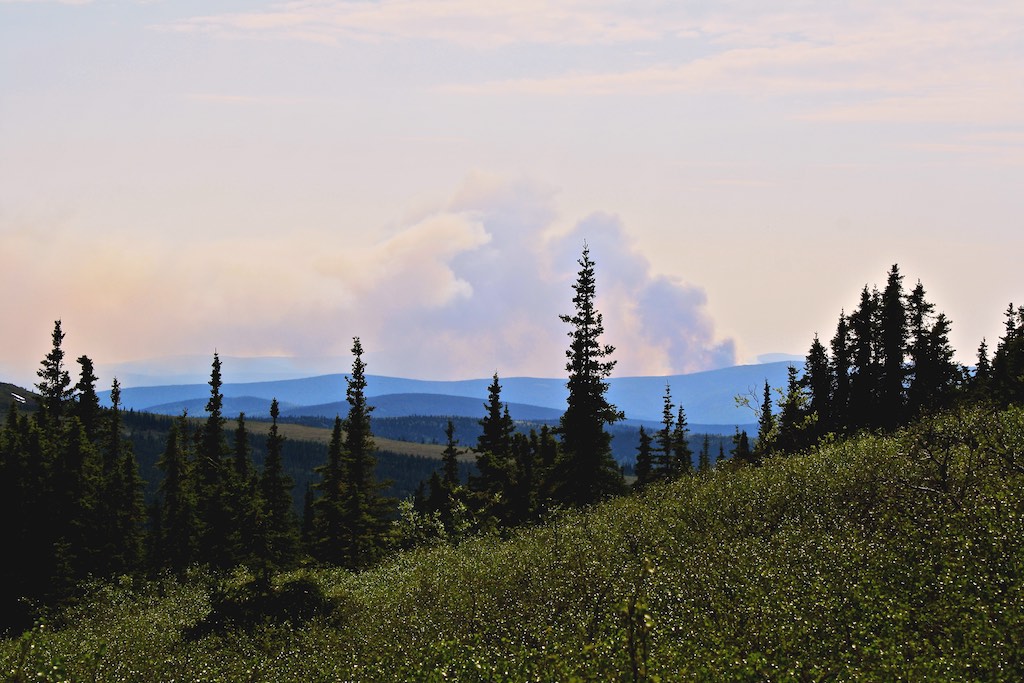
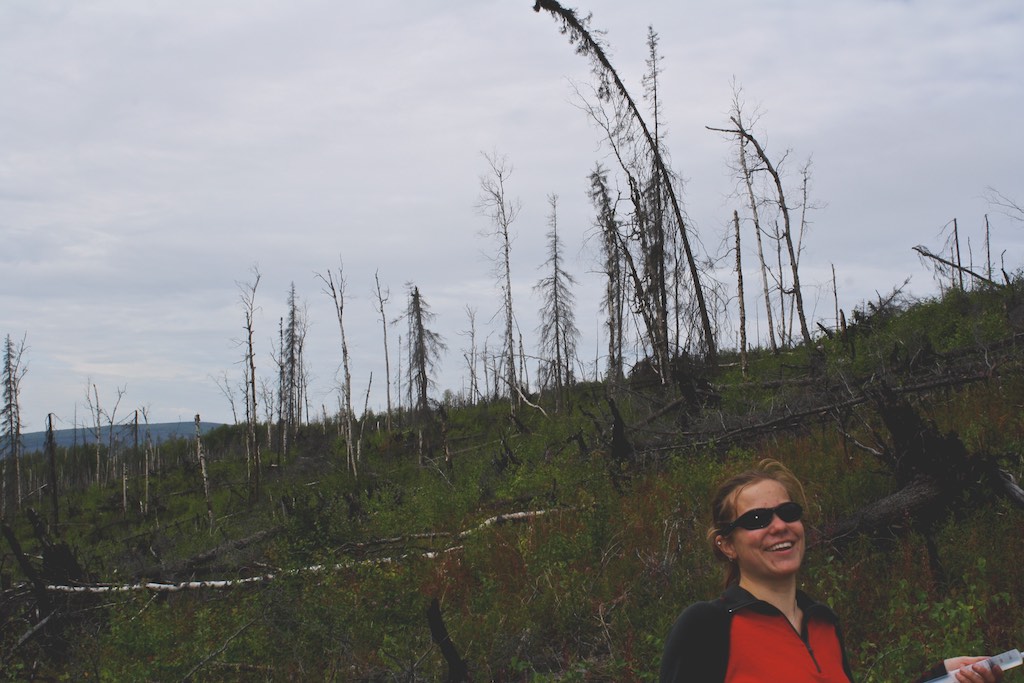
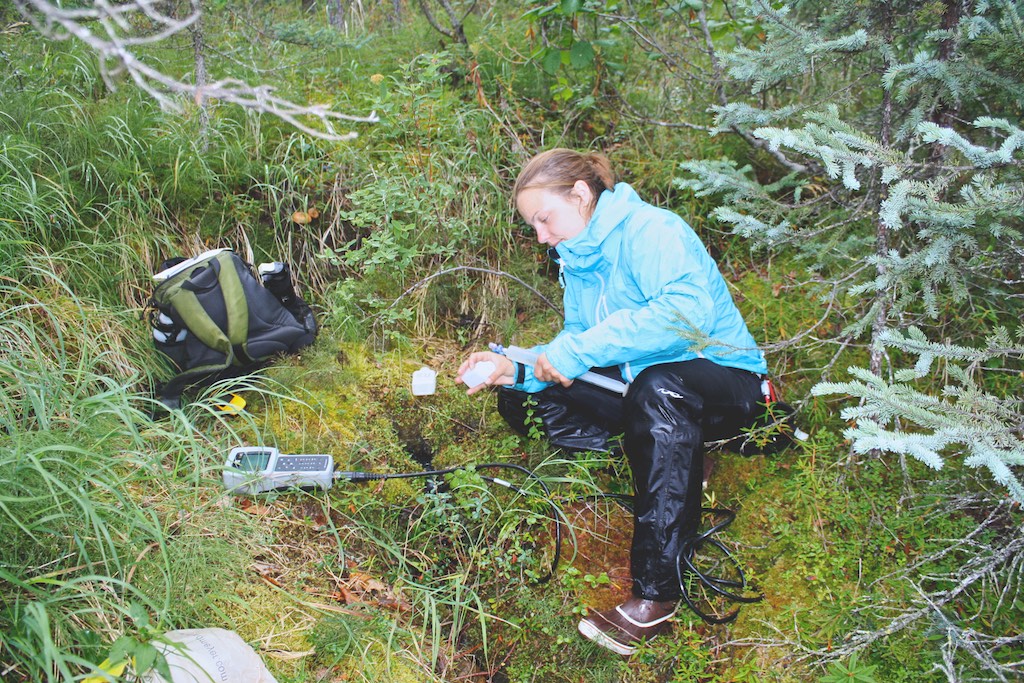
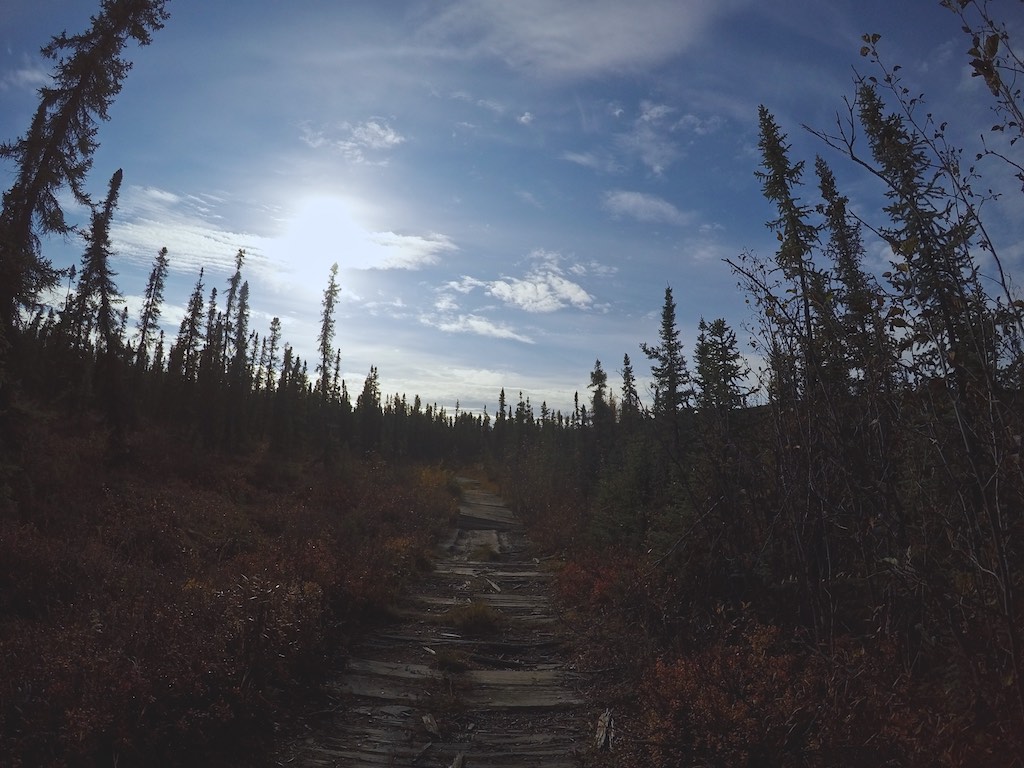
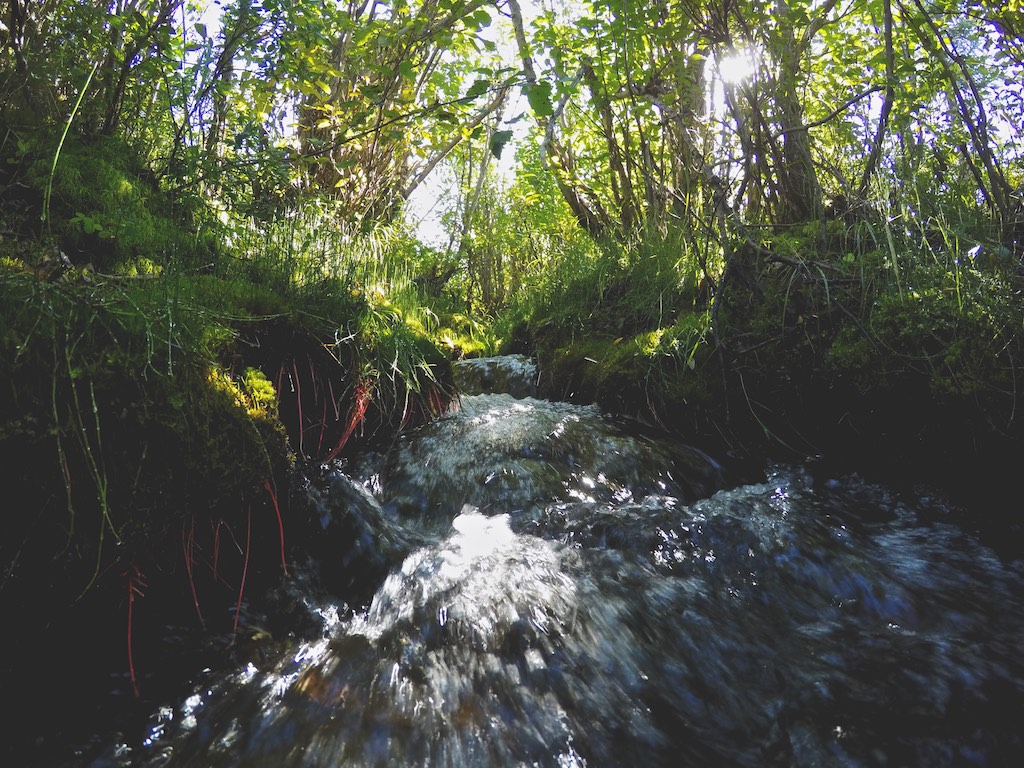
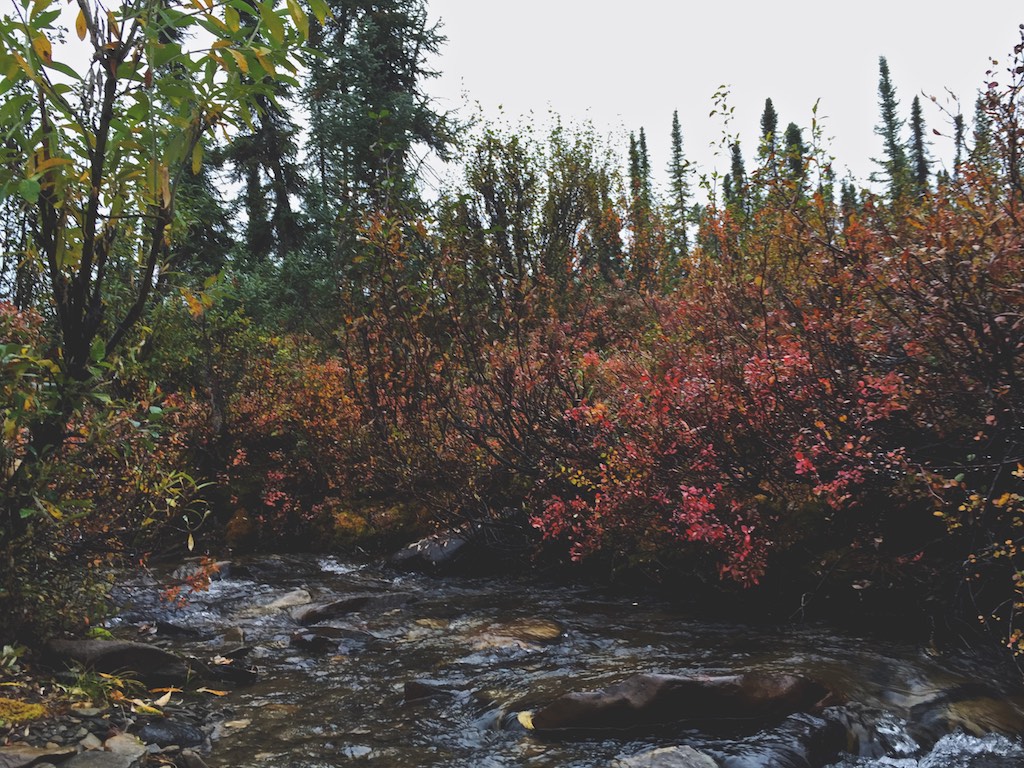
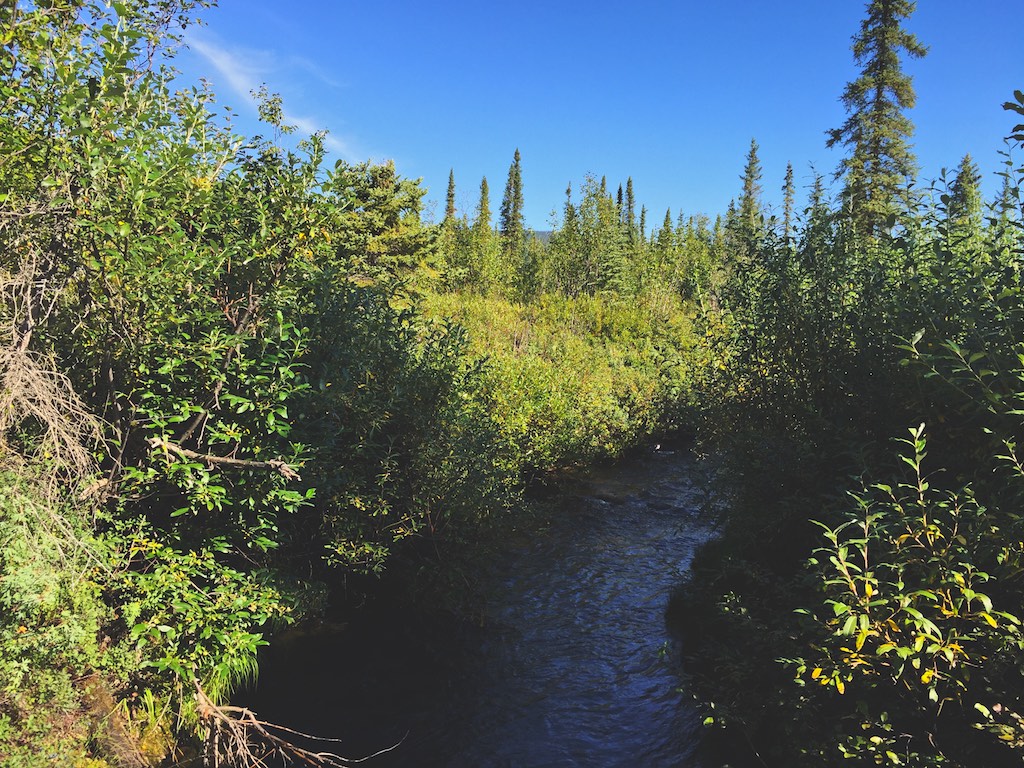
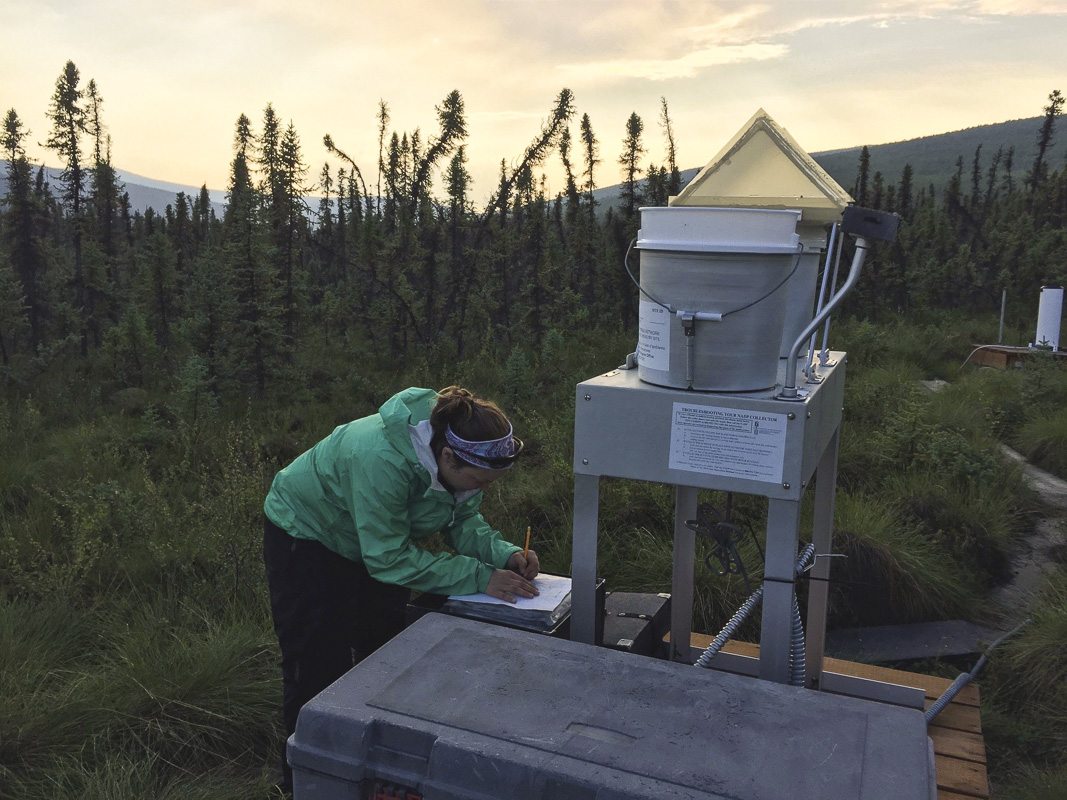
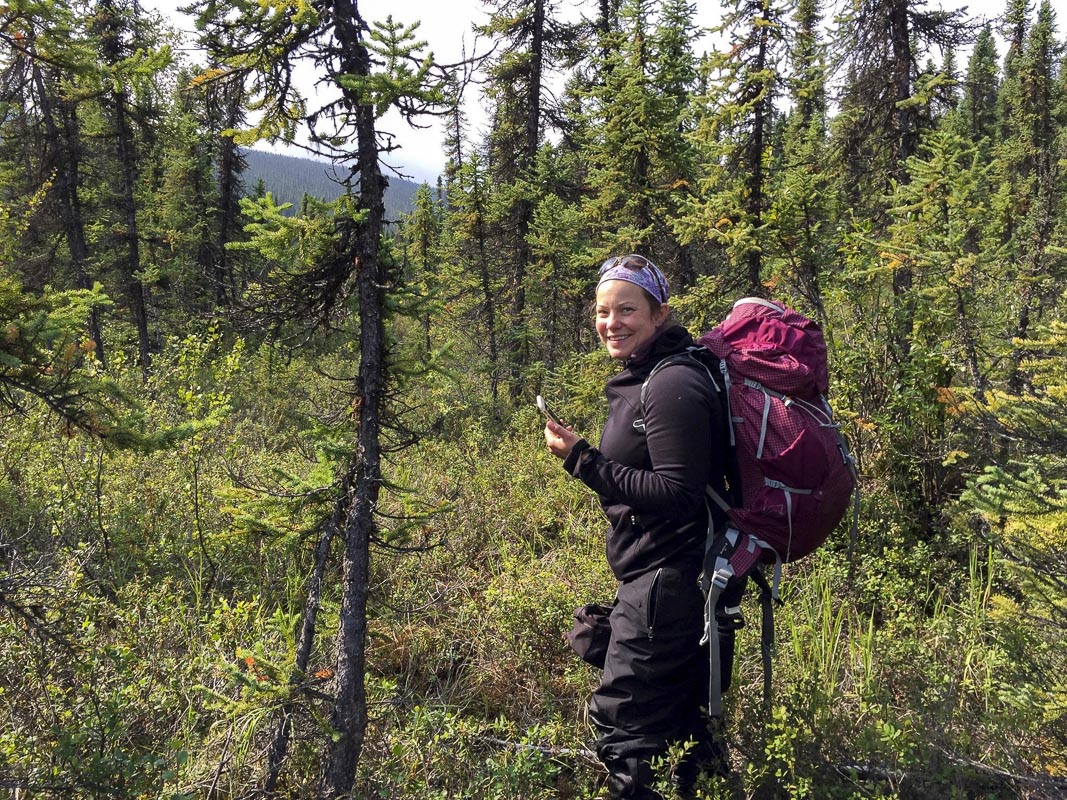
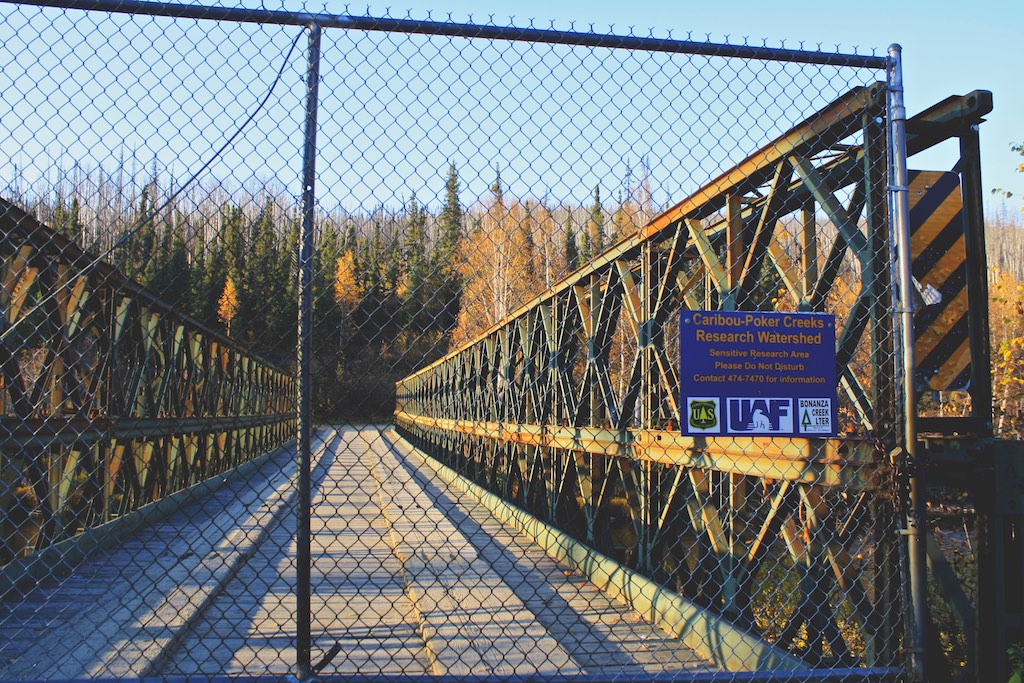
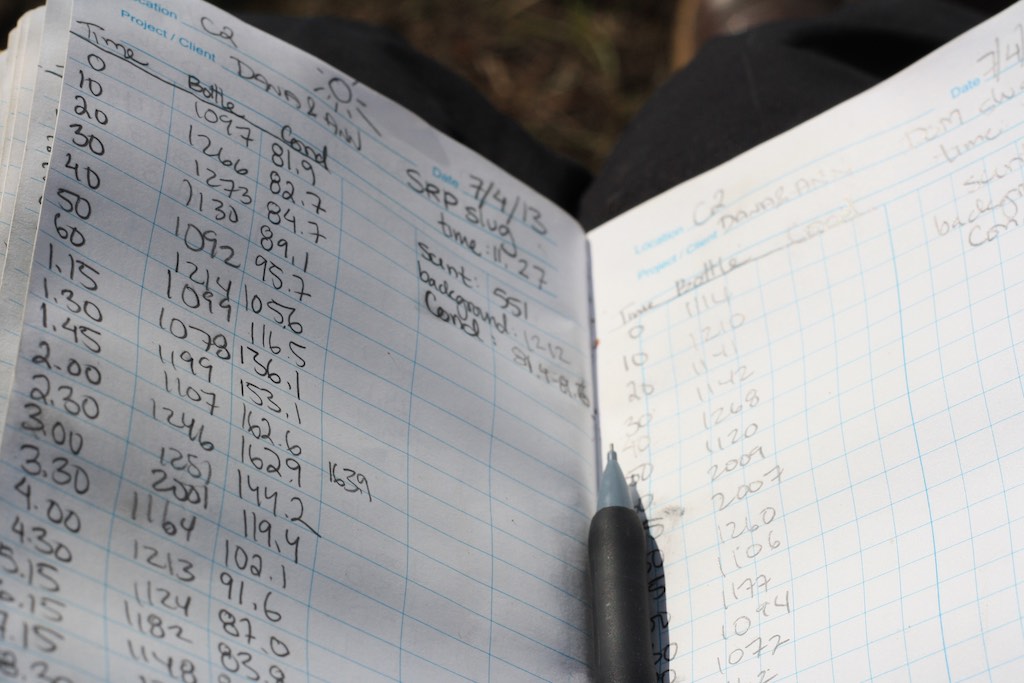

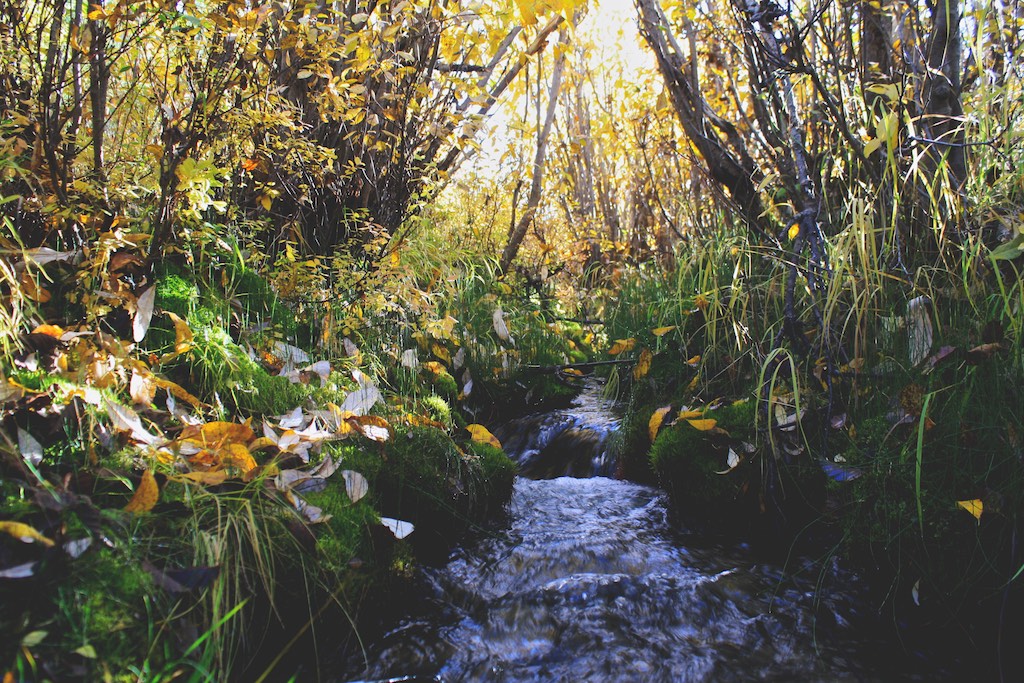
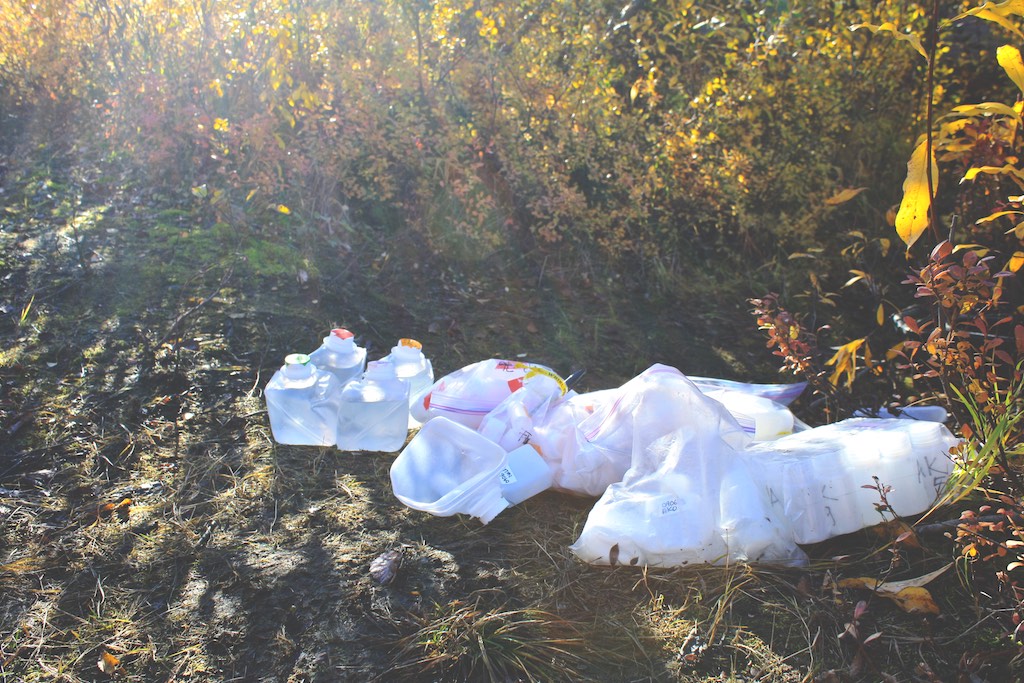
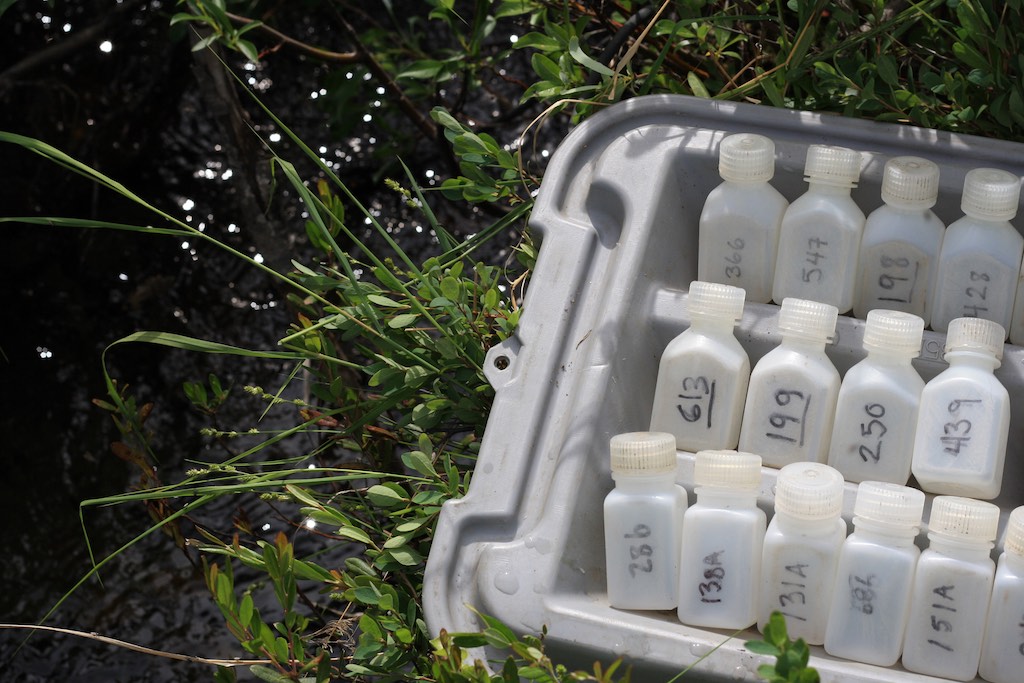
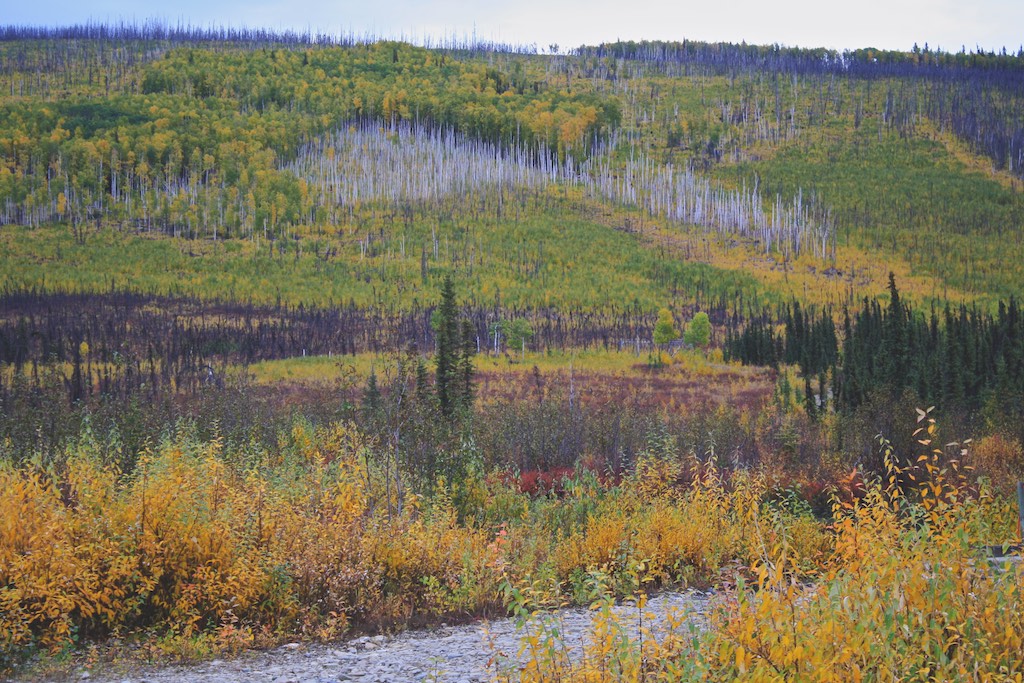
Fire is actually more common than what you might think in Alaska
Even though the past few summers have not been such big fire years, we have had pretty bad ones in the past. The Boundary fire (2004) is one of the largest fires in the past decades, burning about 10% of Alaskas burnable forest, and it also burned part of CPCRW. Every single summer I have spent in Alaska has included smoke in some way, sometimes more and sometimes less. It's not uncommon to see fires in the distance if you venture out for a hike. Climate warming is causing drying of the terrestrial ecosystem, which along with increases in lightning amplifies the risk of wildfires in Alaska.
The fires are decreasing the amount of insulating organic layer (moss), above the permafrost, and causes the permafrost to thaw at a faster rate. These changes in permafrost and active layer reroutes the water from shallow to deeper flowpaths. The broader consequences for these changes are still not entirely known, but there has been an overall decrease in DOC concentration in streams within Alaska, potentially connected to the rerouting of the water.
Fire effects on Boreal Soils
Fire can also drastically change the soil characteristics, which further can change the amount and form of leachable carbon and nutrient chemistry. In many cases in the world we observe an increase in nitrogen release to nearby streams post-fire, which is also something we have observed in CPCRW. It is important to understand and investigate changes in stream chemistry, as nitrogen, especially in situations as in CPCRW, where we observe a greater loss of nitrate-nitrogen from the watershed, compared to what the calculated in-flux is (nitrogen deposition).
Nutrient uptake and Changes in Stream Chemistry
Additionally we are also interested in the potential effects of these changes, increase in leachable nitrogen due to changes in the soil and decrease in DOC concentration due to the rerouting of water (due to changes in active layer depth post-fire), and the nutrient uptake efficiency within streams at different background nitrate and DOC concentrations.
Other Research and Fieldwork Experience in Alaska:
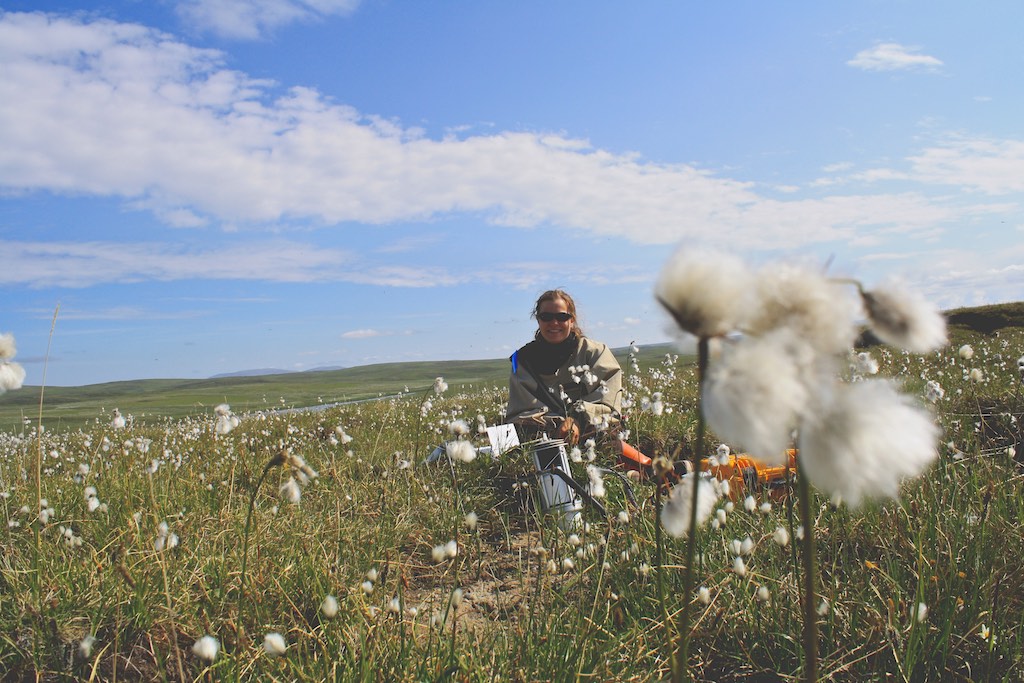
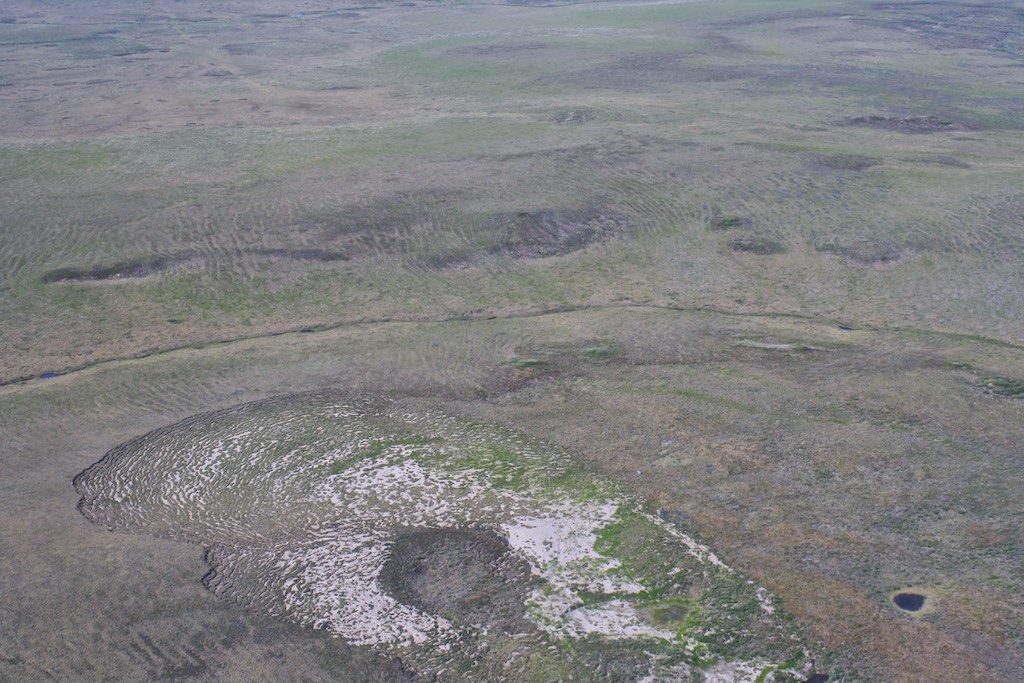
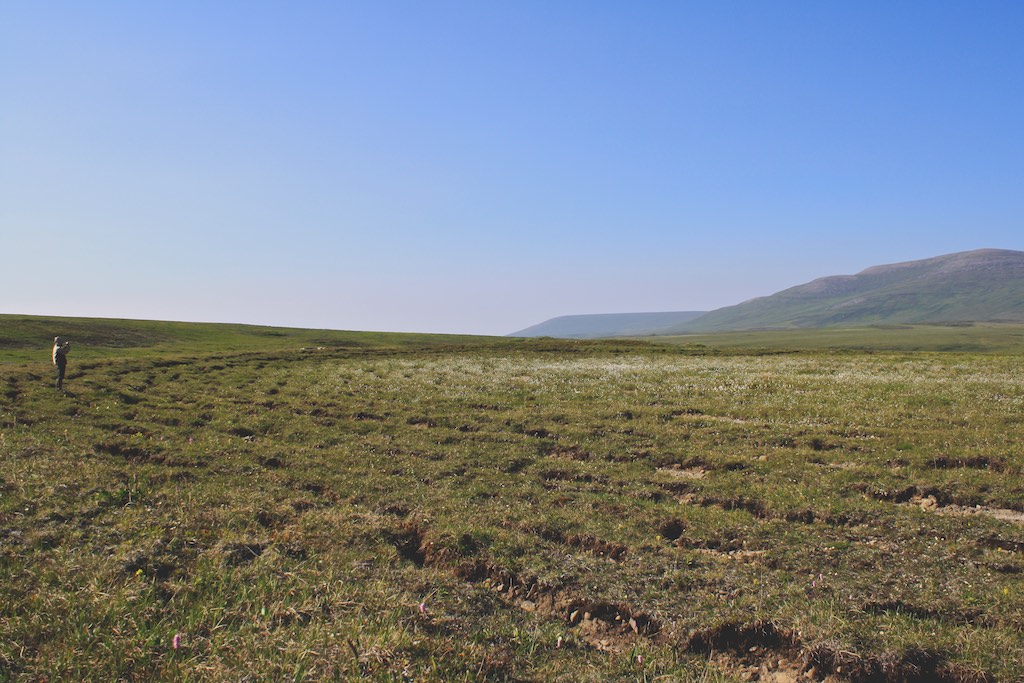
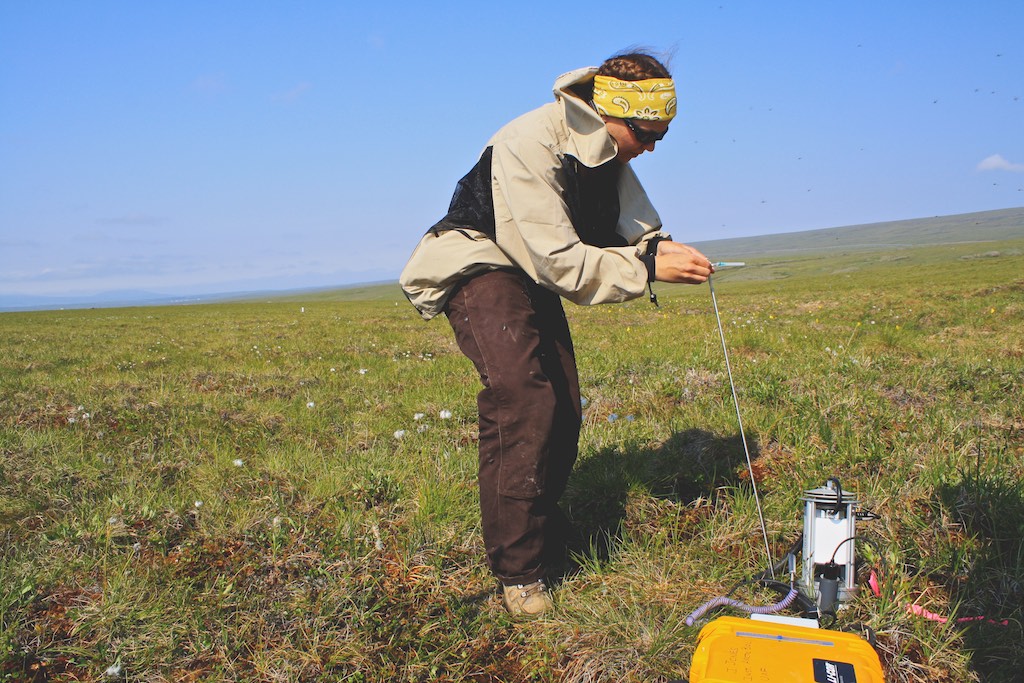

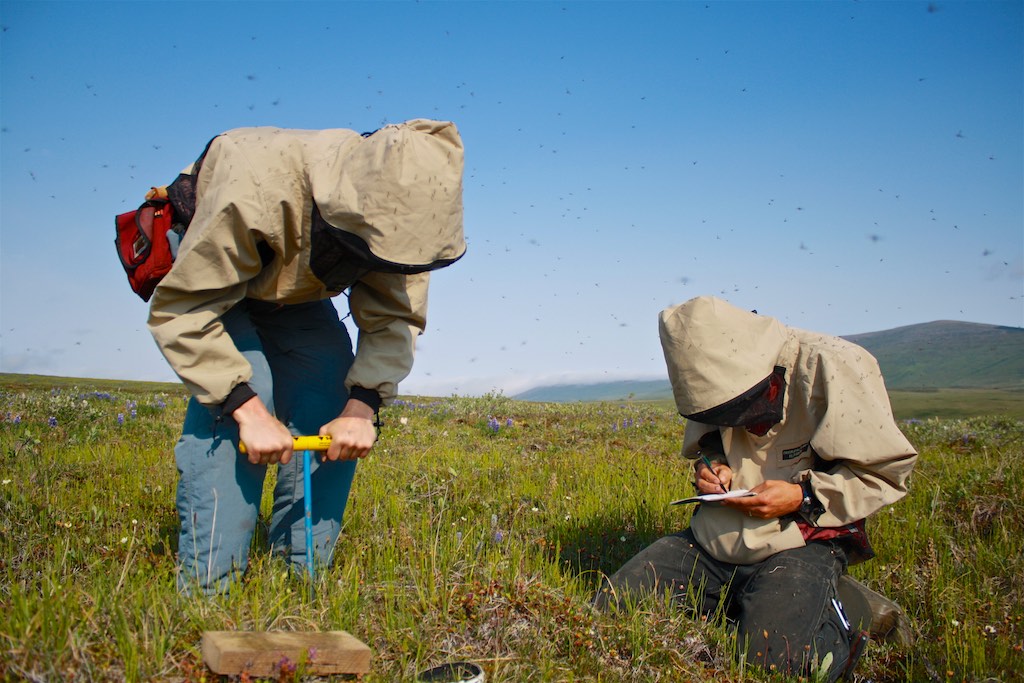
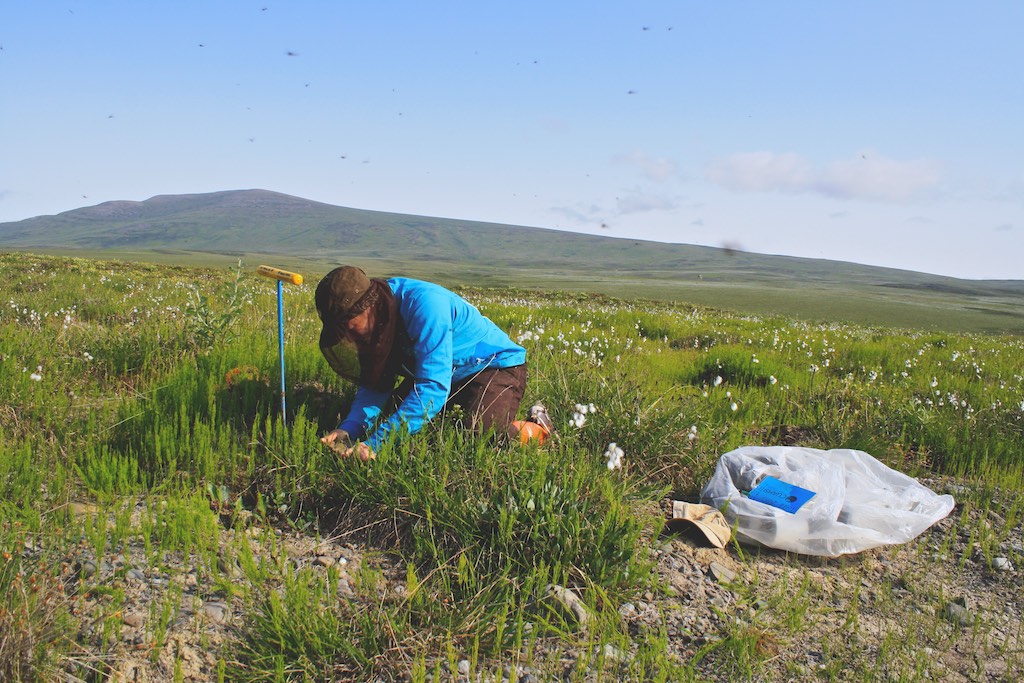

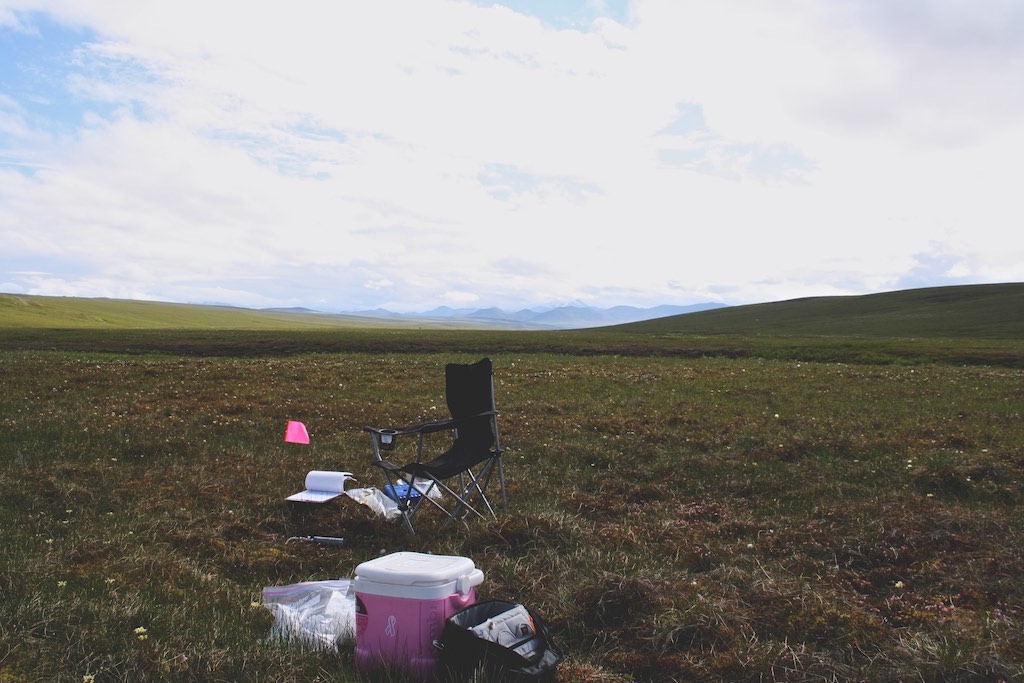

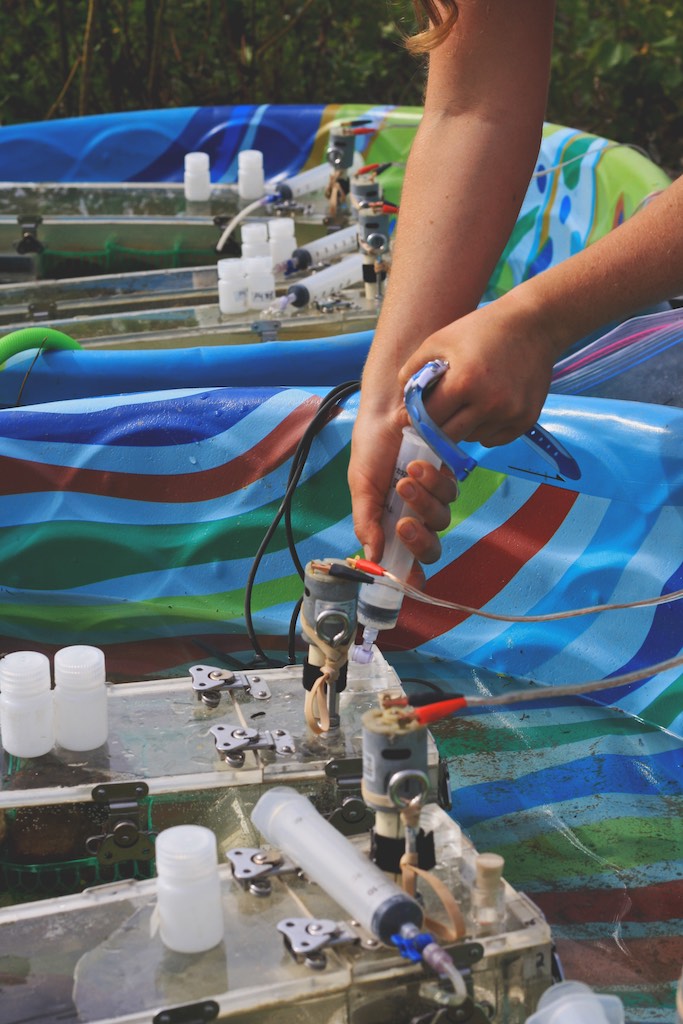
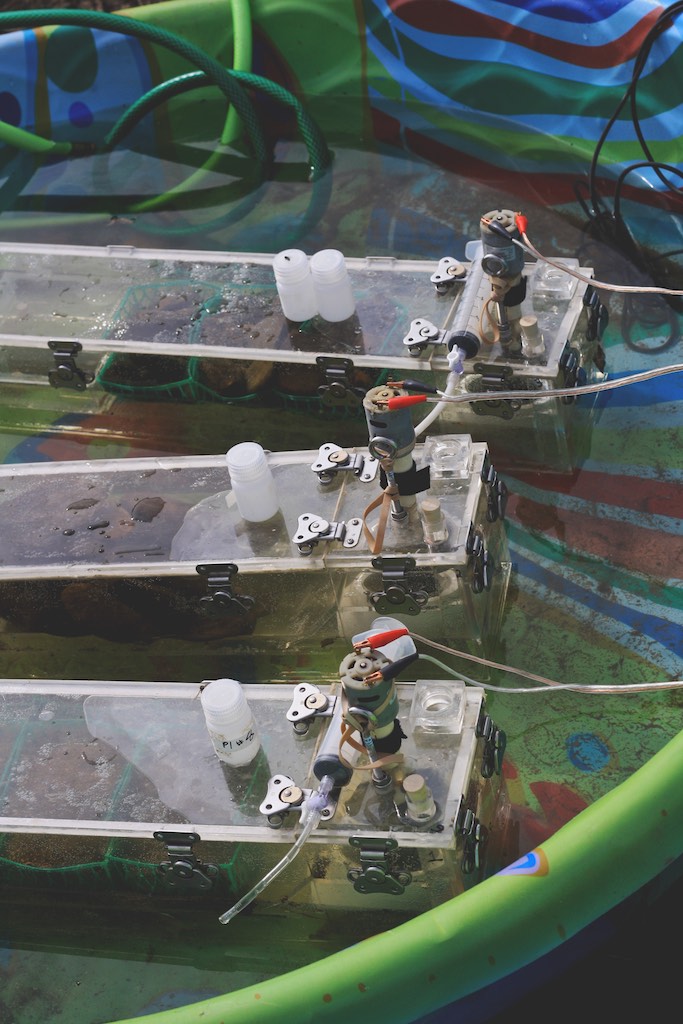
I have assisted in various other projects during my time in Alaska, our lab is part of the Thermokarst project (Spatial and Temporal Influences of Thermokarst Failures on Surface Processes in Arctic Landscapes), Scaler: Scale, Consumers and Lotic Ecosystem Rates (SCALER project) and Climate mediated coupling of hydrology and biogeochemistry in arctic hillslopes. Being part of a laboratory that have several different projects running gives you the opportunity to interact with other researchers, but also to learn from your fellow colleagues. We have all assisted each other during our respectively research experiments and studies, which has also given us experience using different methods and to understand different research questions within the same or different ecosystems.
At Toolik Field Station I helped out with some of the fieldwork for both the Thermokarst project, and the Climate mediated coupling of hydrology and biogeochemistry in arctic hillslopes project. I assisted in measuring soil respiration in different thermokarst features specifically for the Thermokarst project. I also assisted in some soil coring from the different thermokarst features. For the arctic hillslopes project I assisted in push-pull assays in watertracks, measuring nitrogen uptake and denitrification in saturated soils.
At CPCRW I have assisted with many different projects, not only SCALER, but fellow PhD students and master students experiments for their theses. Most of the research that we in our laboratory conduct in CPCRW are tied to different levels of permafrost distribution and its effect on stream-water chemistry.
Teaching
During my time at the University Of Alaska Fairbanks (UAF) I have had a great experience in teaching the laboratory sections of several classes. The first time I set foot in this country I was thrown into teaching a laboratory section for a class after only one week. Not only was I suppose to teach something to a large group of students, but I was suppose to do it in my non-native language, English. It went well, very well actually.
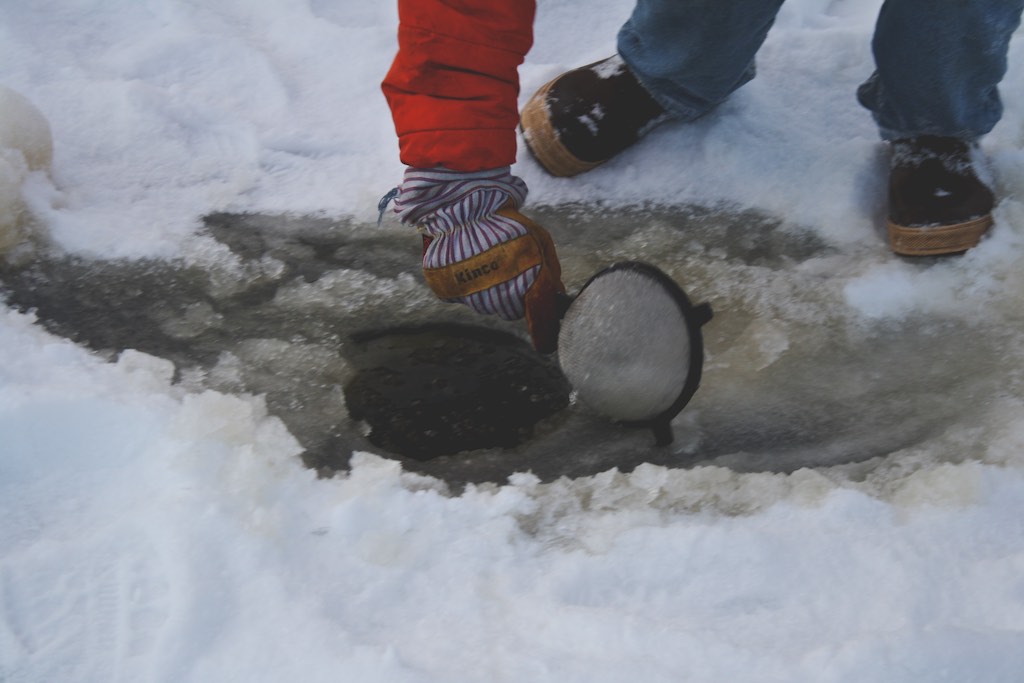
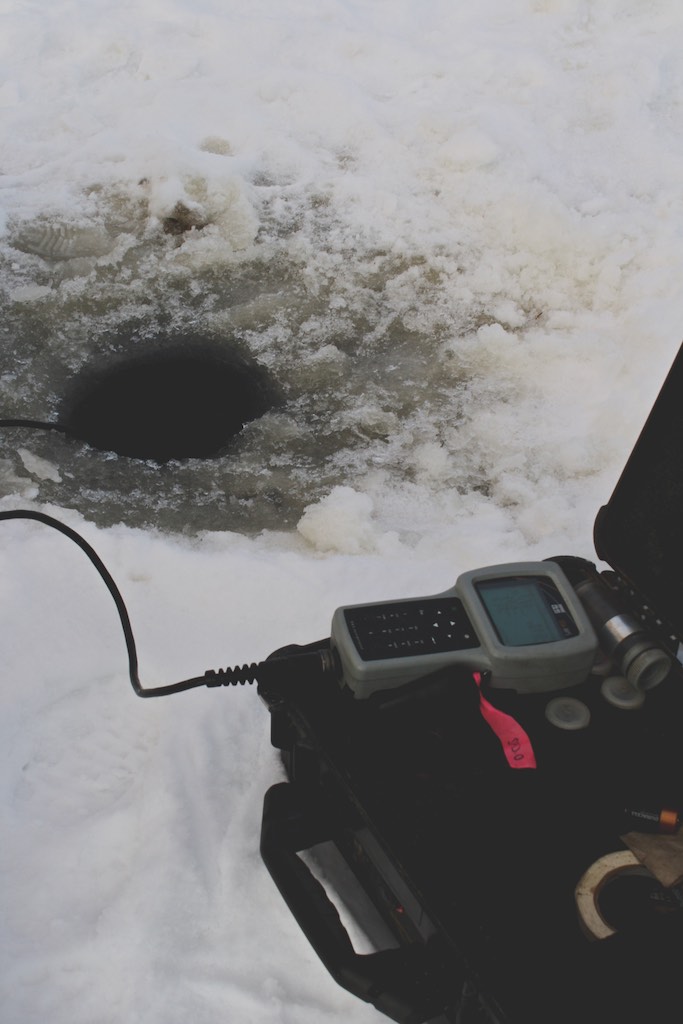

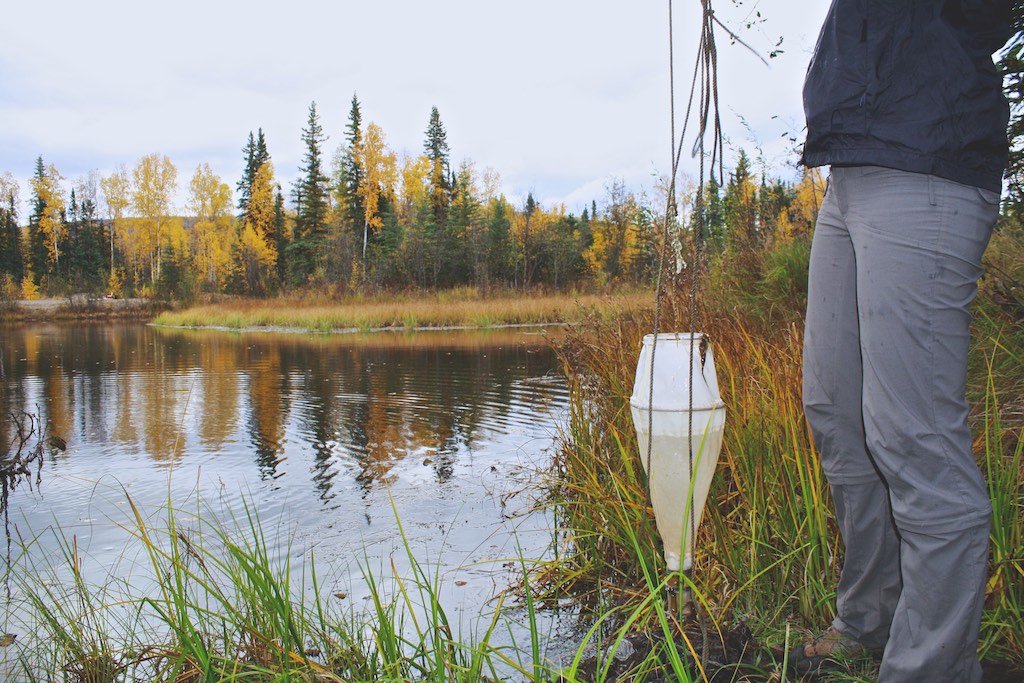
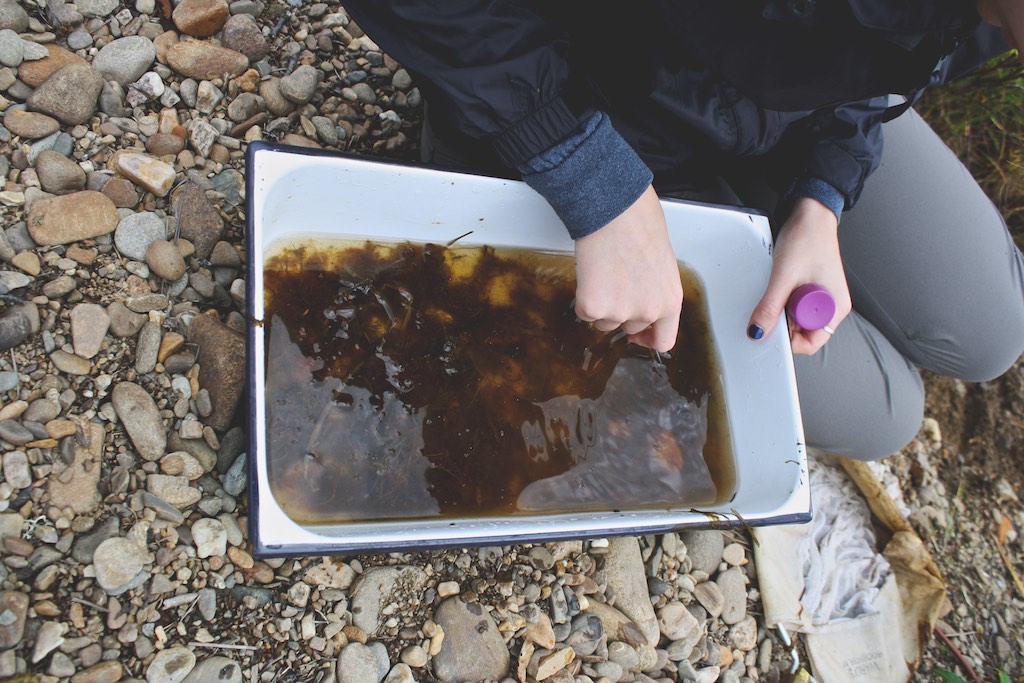
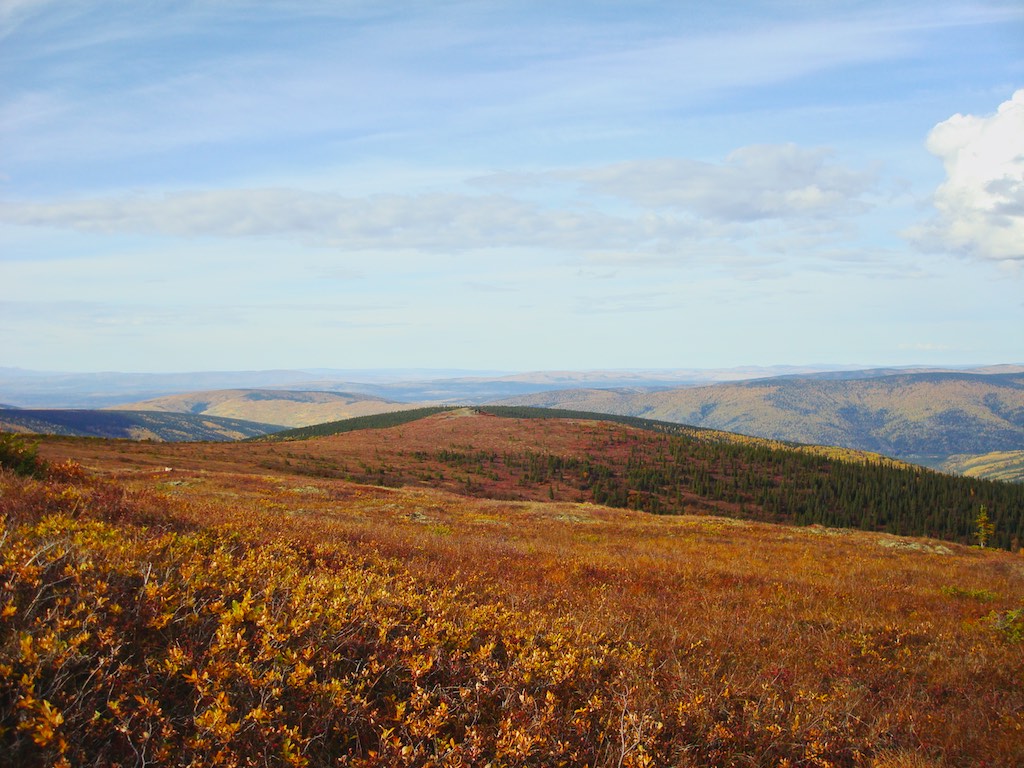

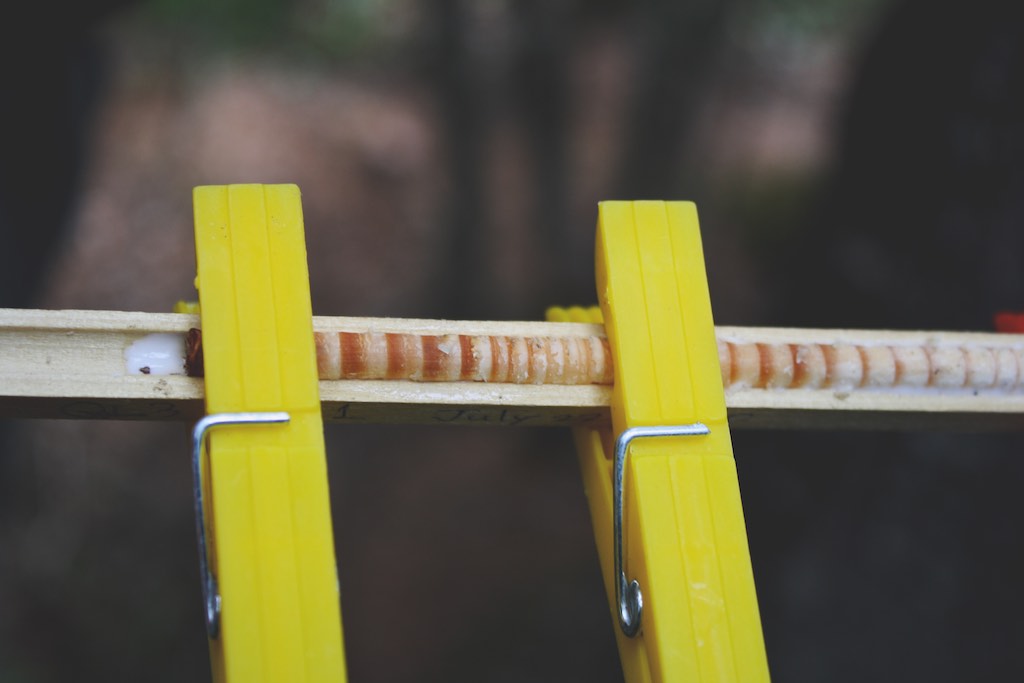
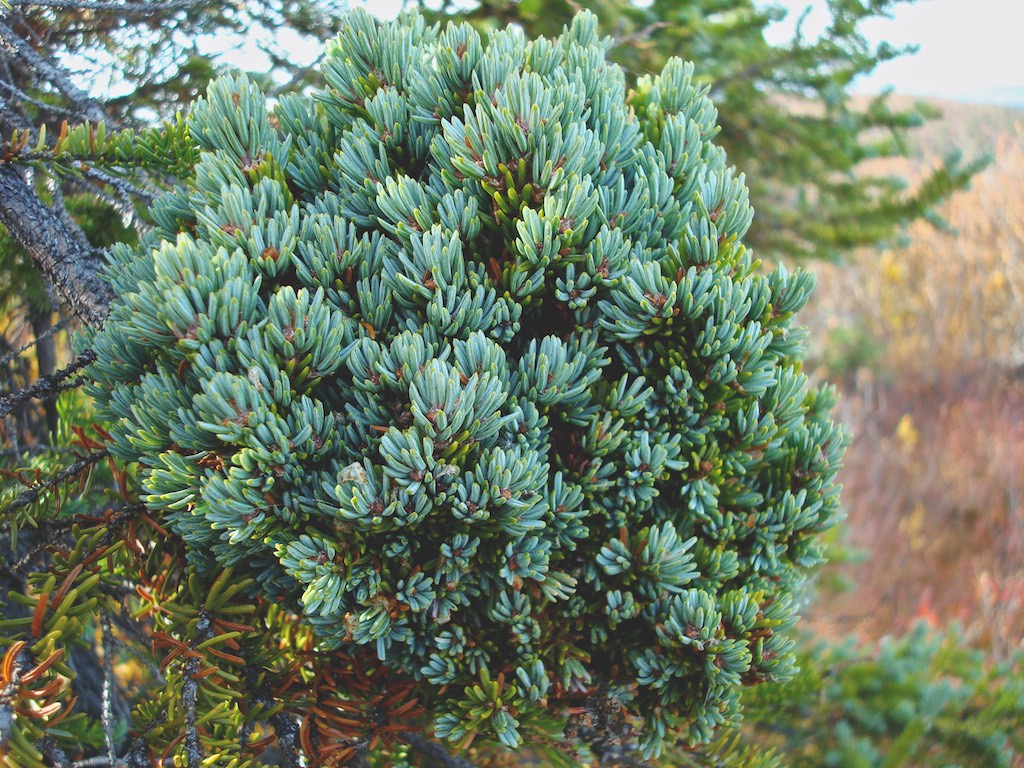
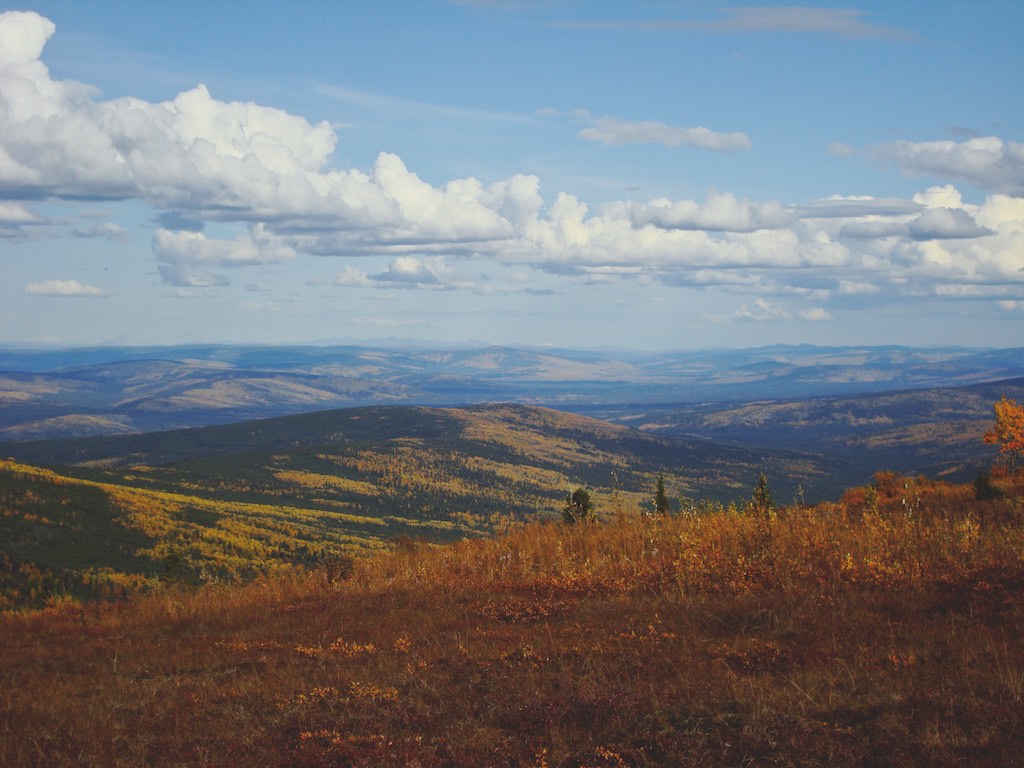
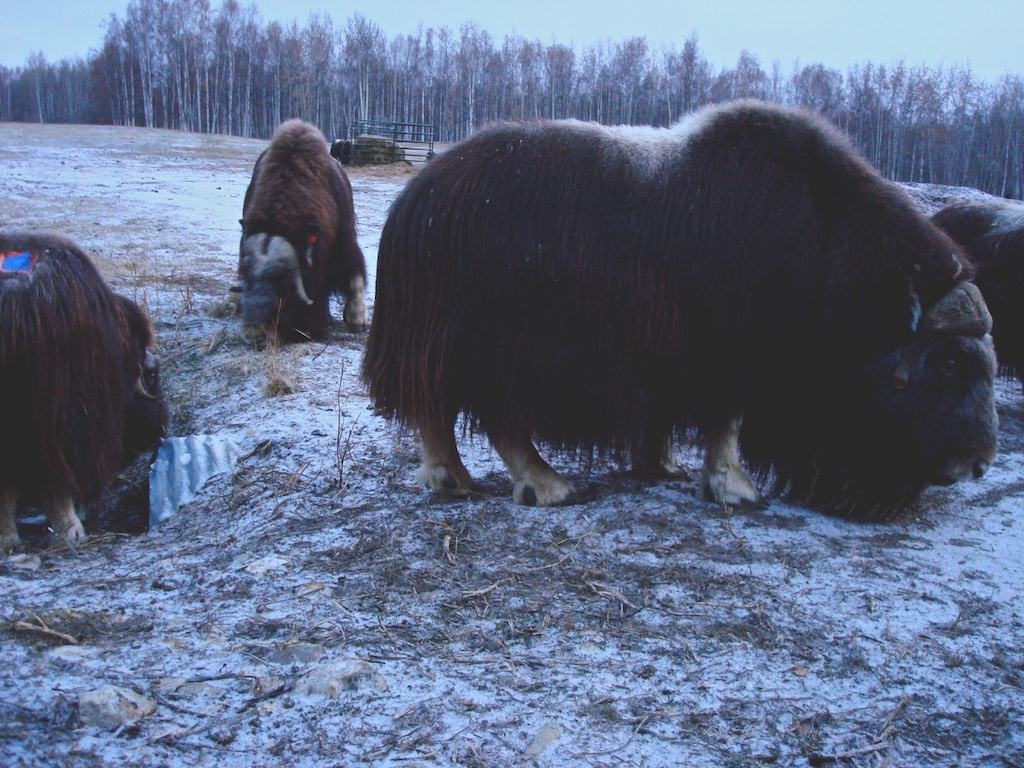
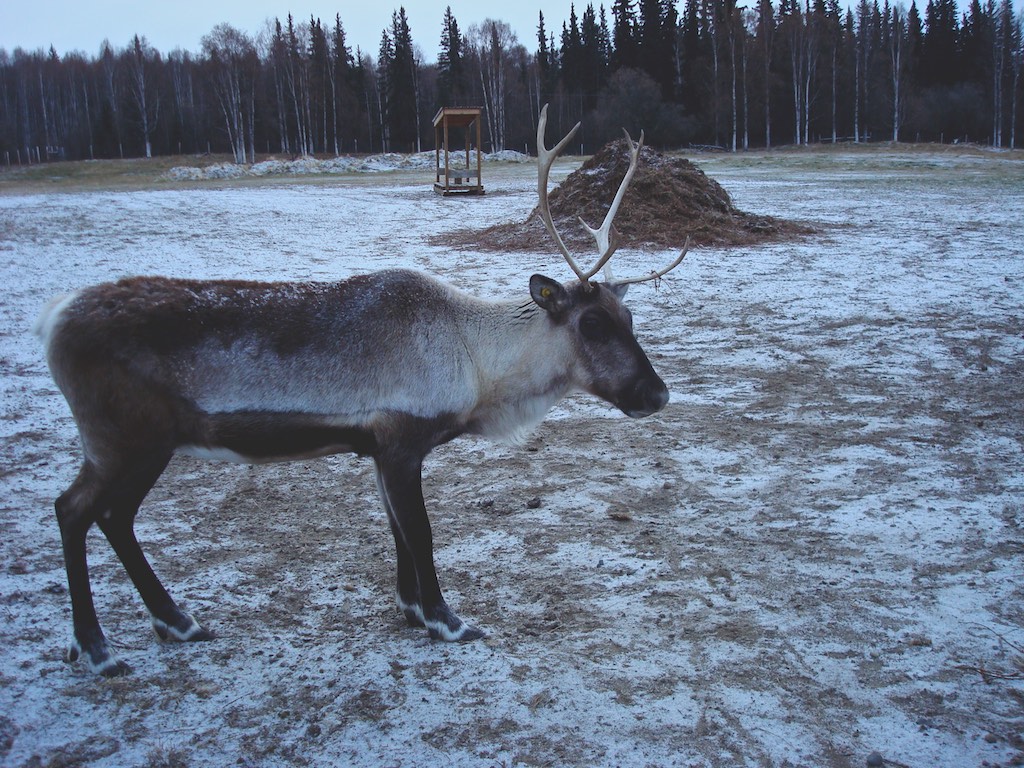
Through the years I have been teaching the laboratory sections of many different BIOL classes. I have also developed honors classes in intro BIOL (Fundamentals of Biology I and II) together with a professor at the university. Another position at the university has been to prepare laboratory space and equipment for specific labs and to feed various insects that are used for different classes at the university (i.e measuring respiration rate of some insects).
I have taught the laboratory sections for the following classes:
· Winter Ecology, one semester
· Principles of Evolution, one semester
· Limnology, one semester
· Natural History of Alaska, two semesters
· Principles of Ecology, two semesters
· Fundamentals of Biology II, two semesters
Some of my more "sciency" posts:
Black spruce is a funny looking tree, they kind of look like they come right out of a Dr Seuss story.
“The Lorax: Which way does a tree fall?
The Once-ler: Uh, down?
The Lorax: A tree falls the way it leans. Be careful which way you lean.” - Dr Seuss, The Lorax

